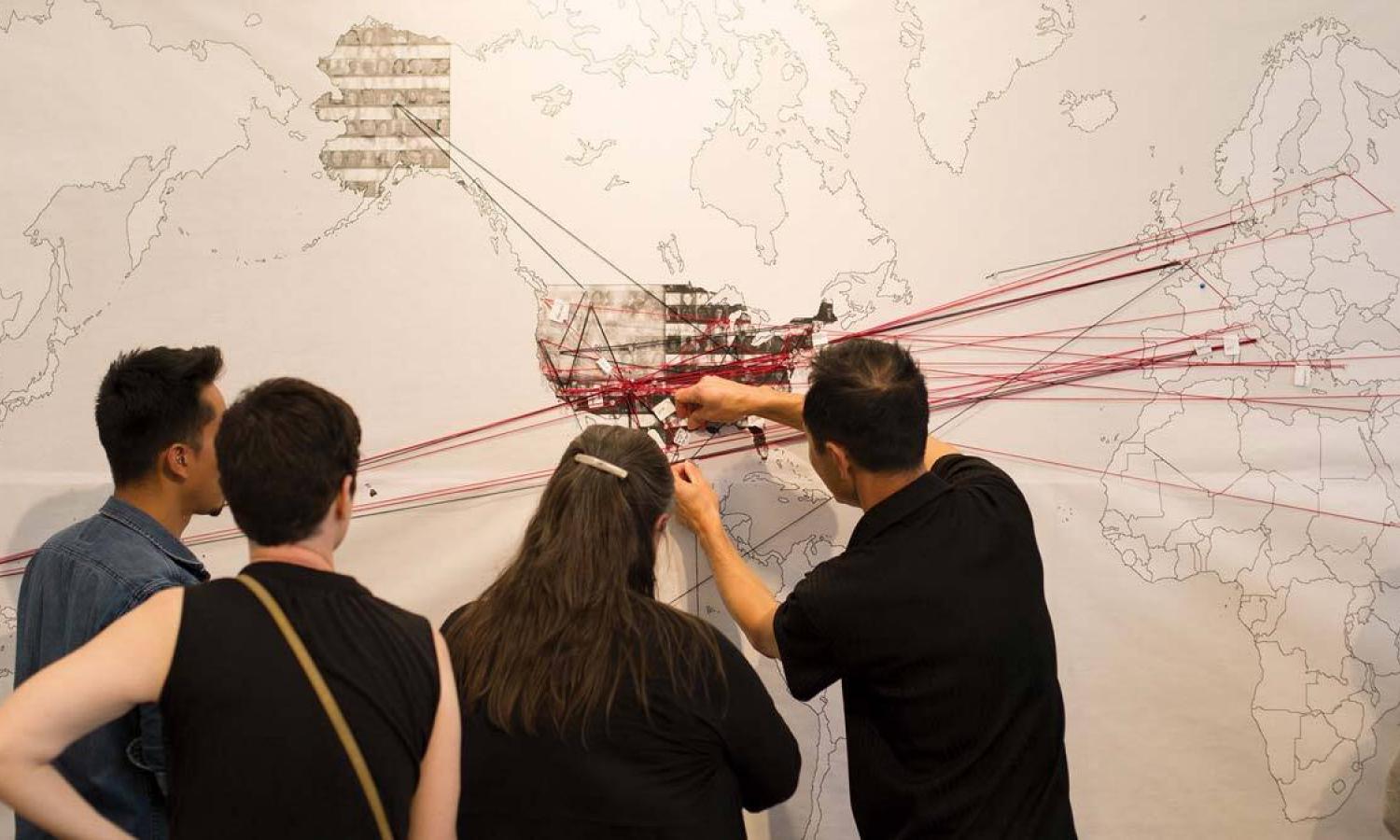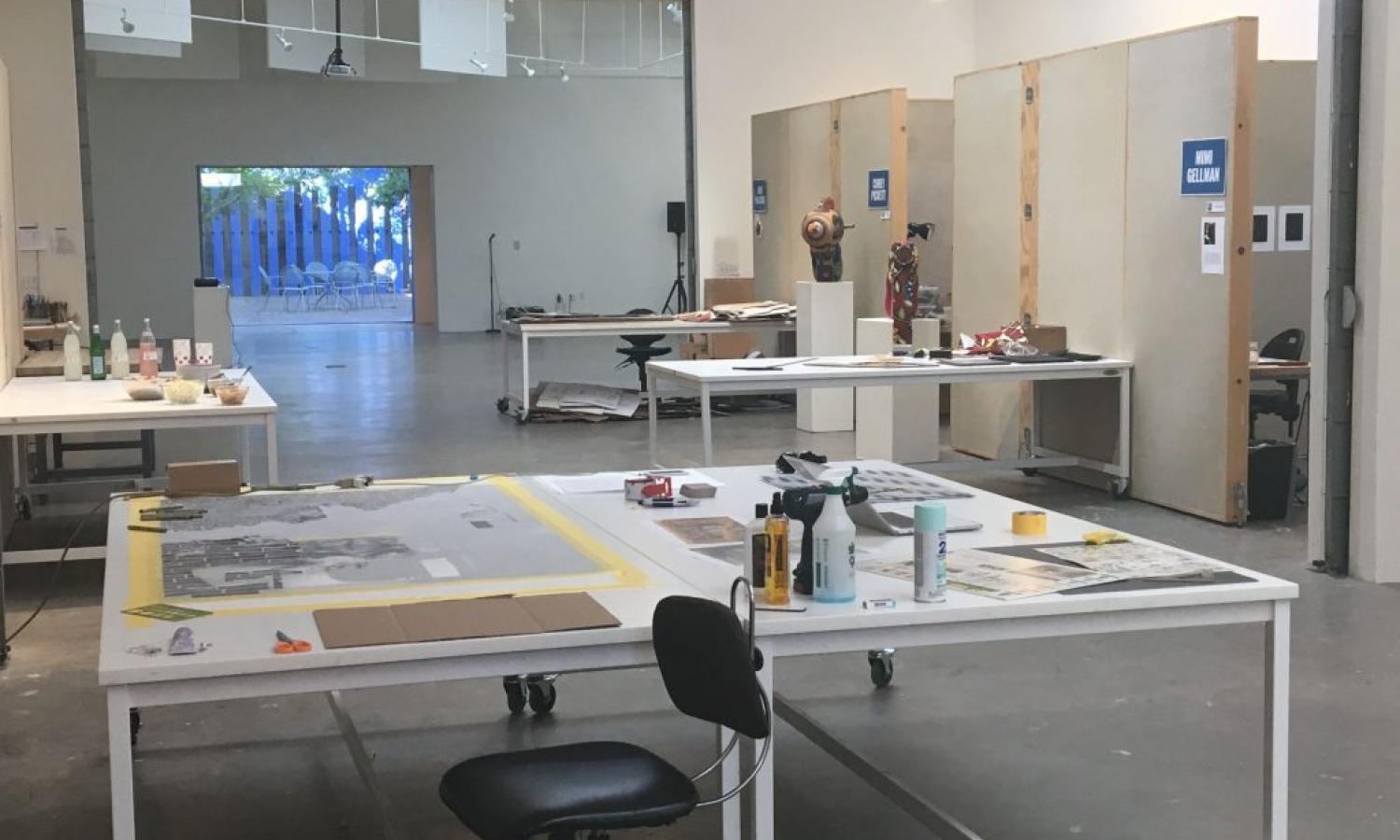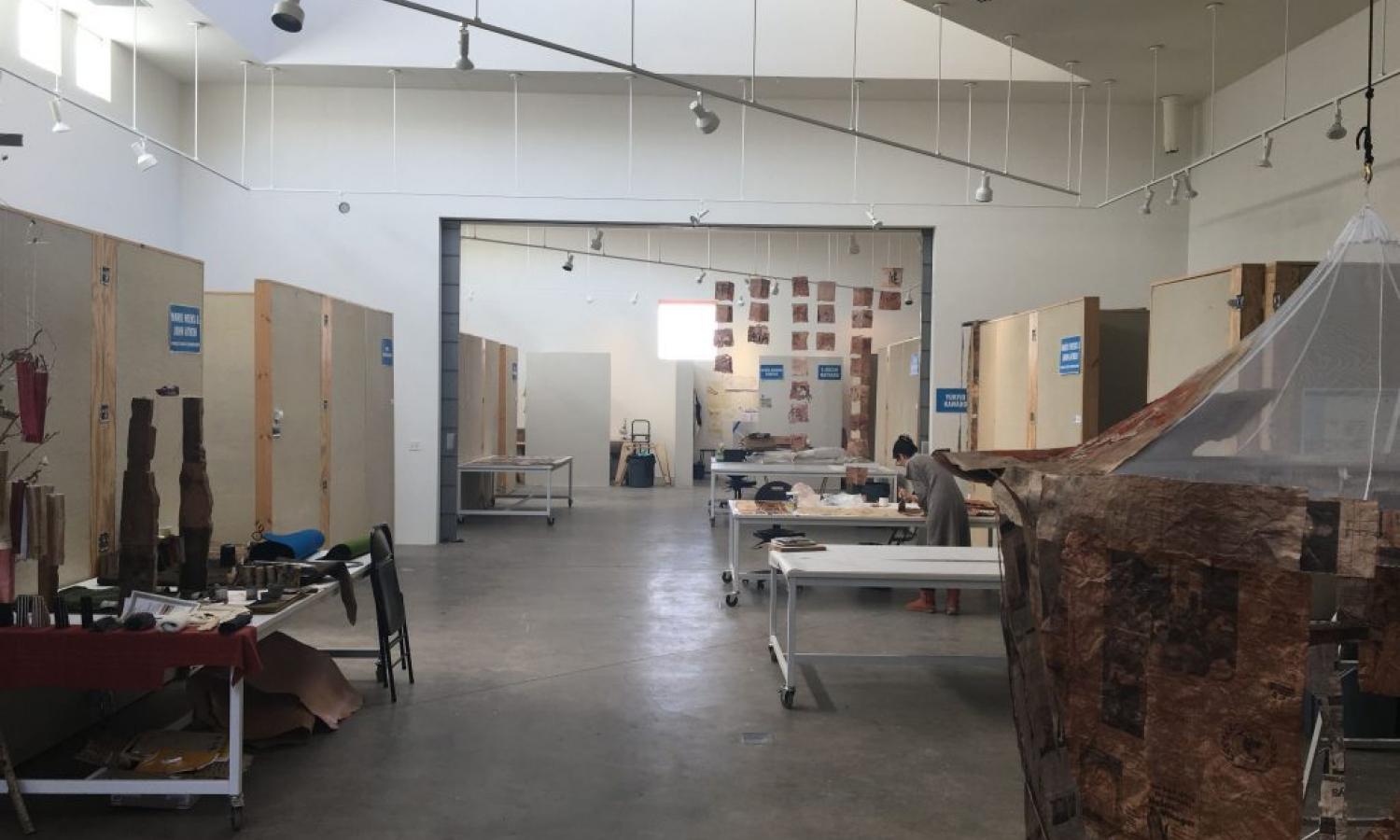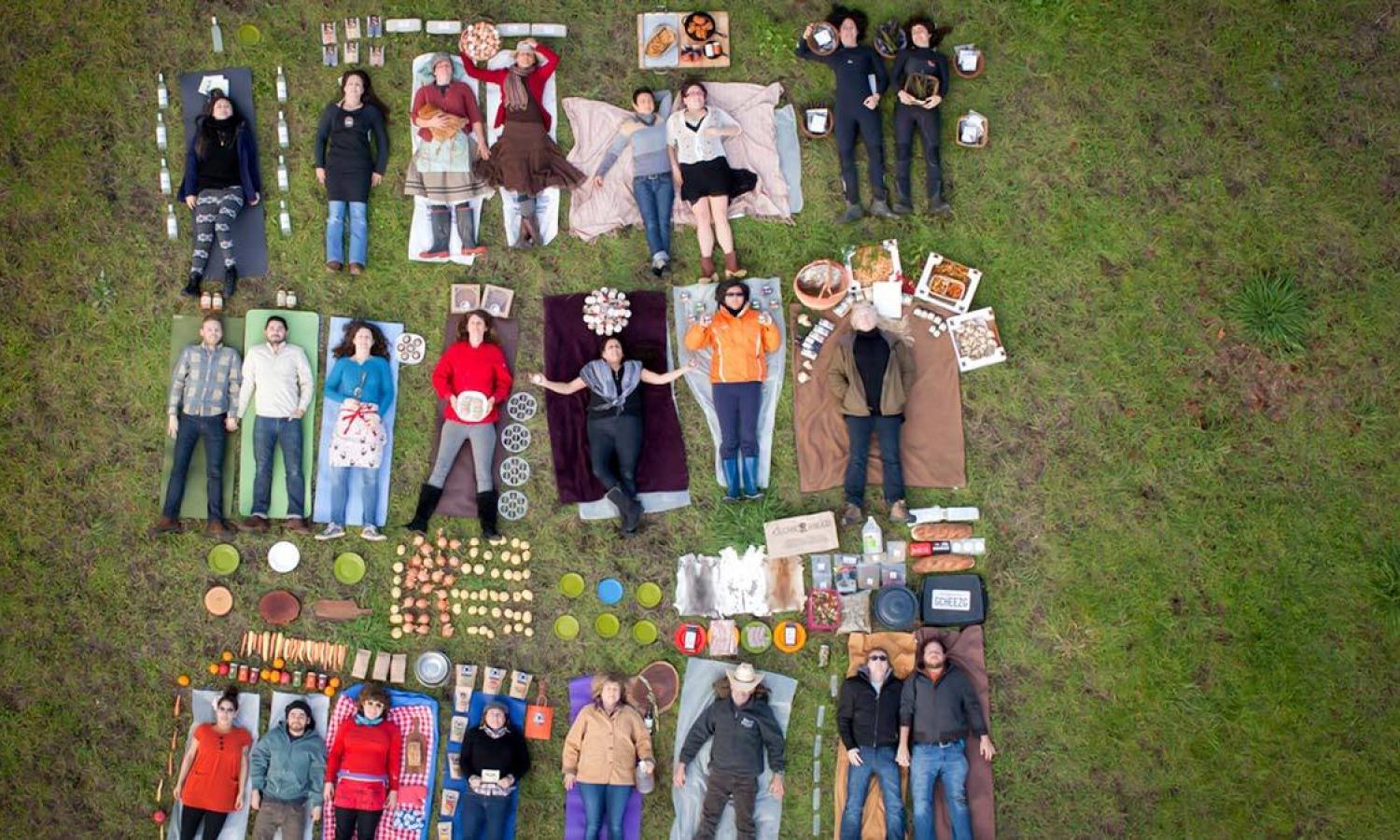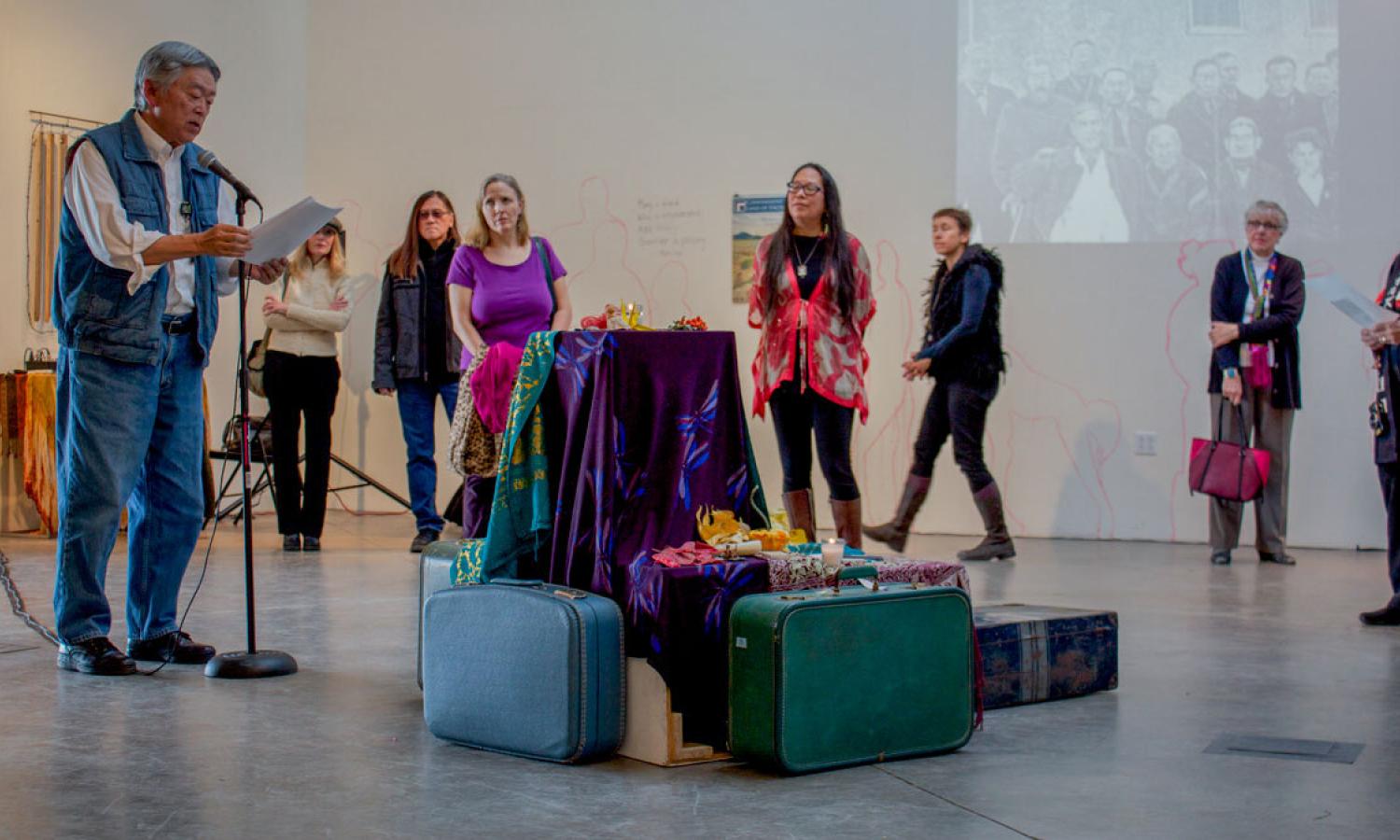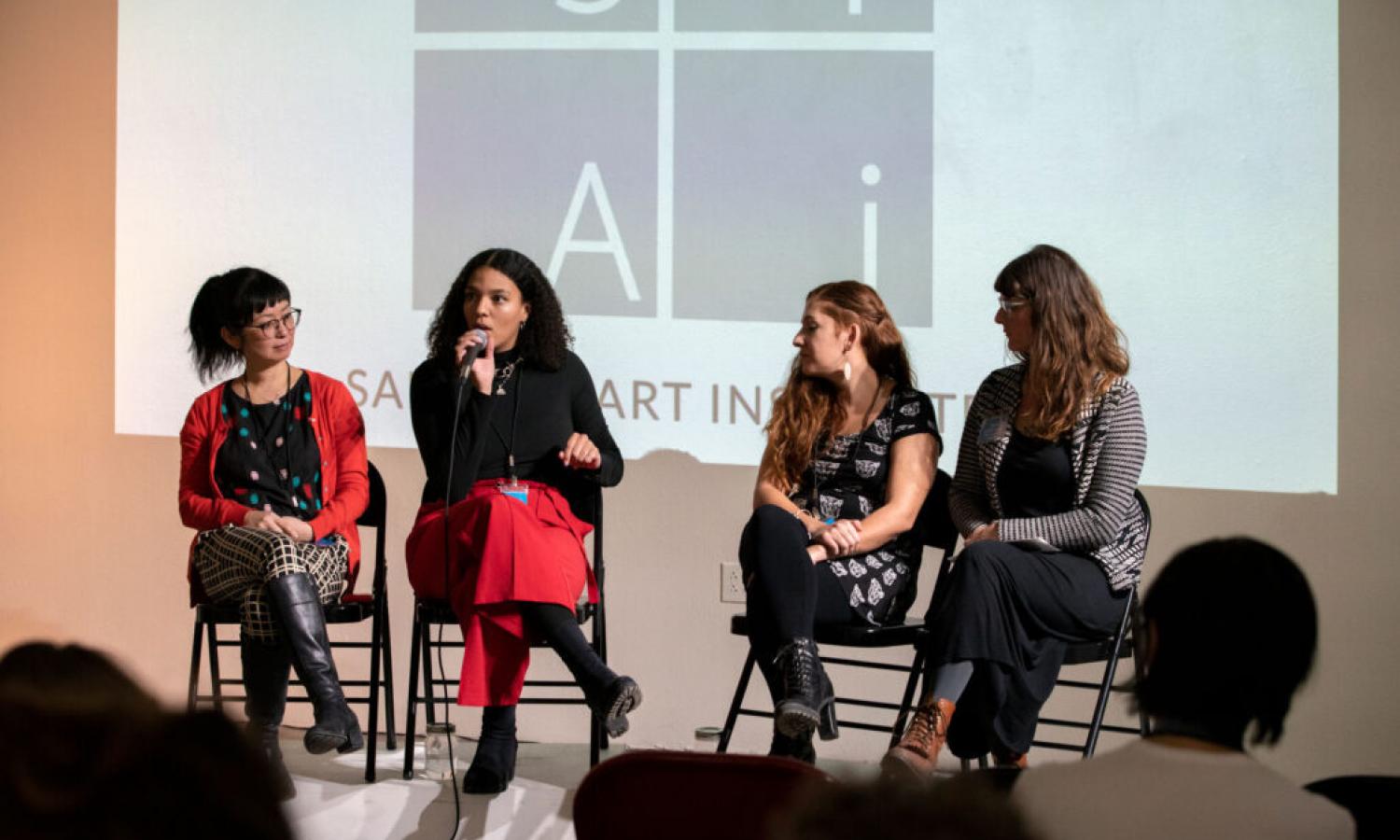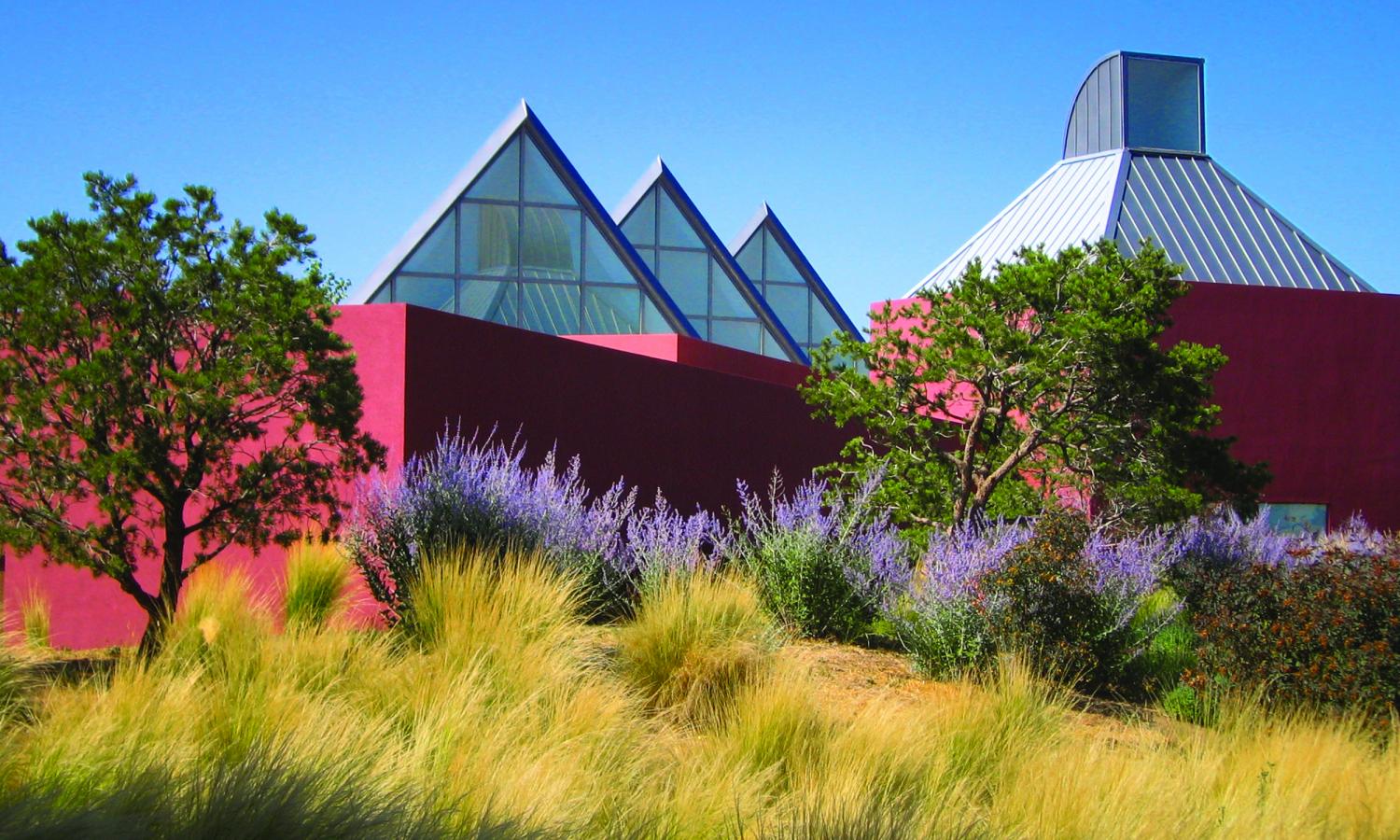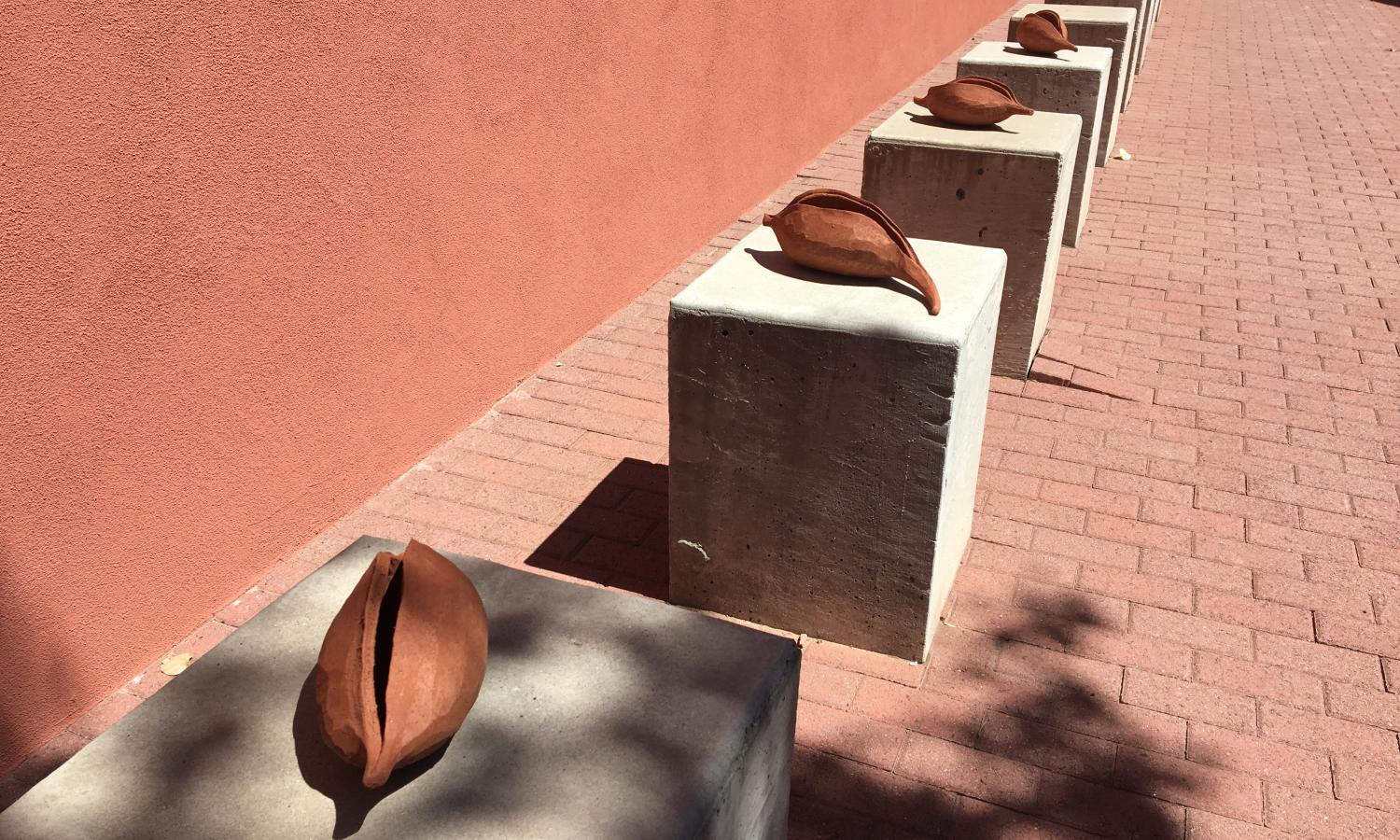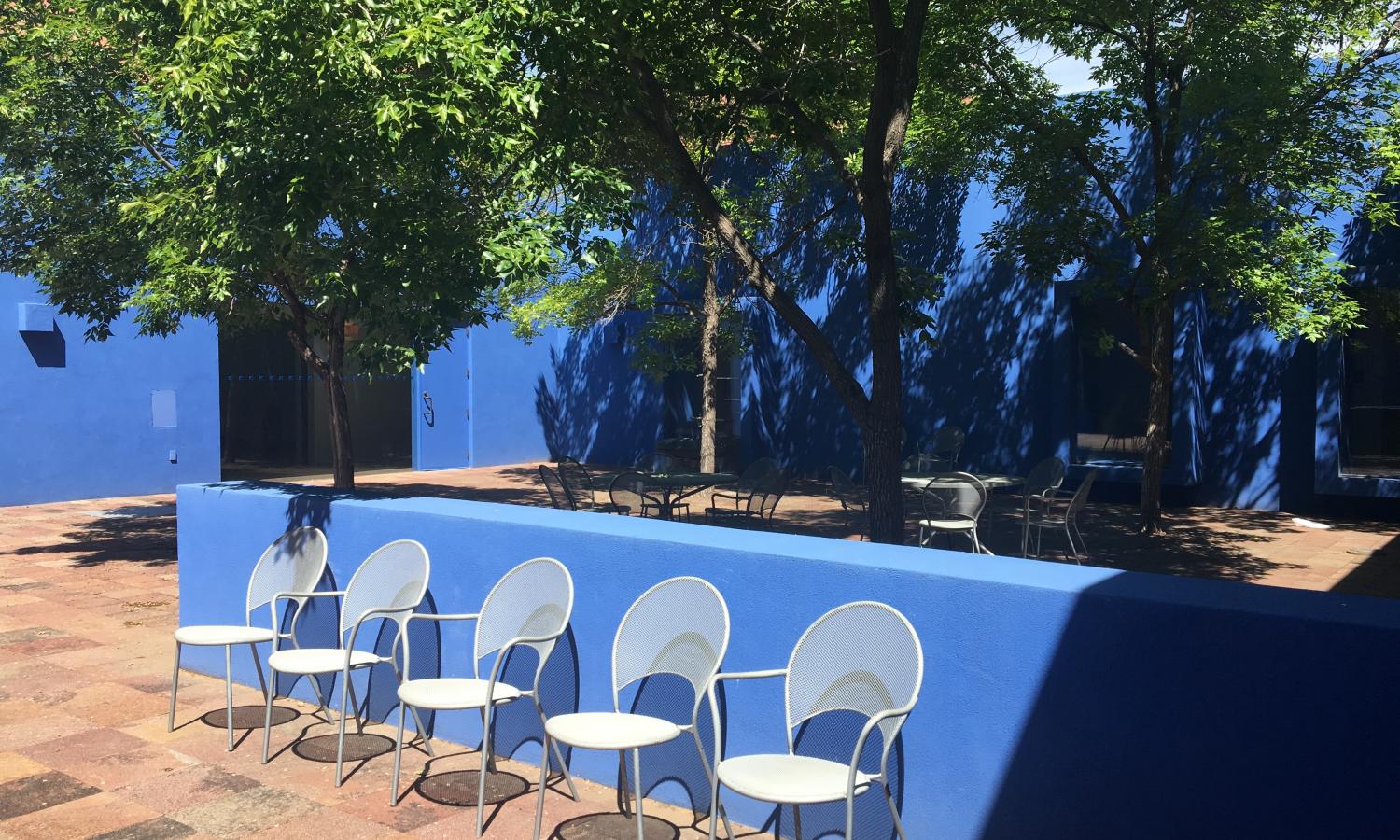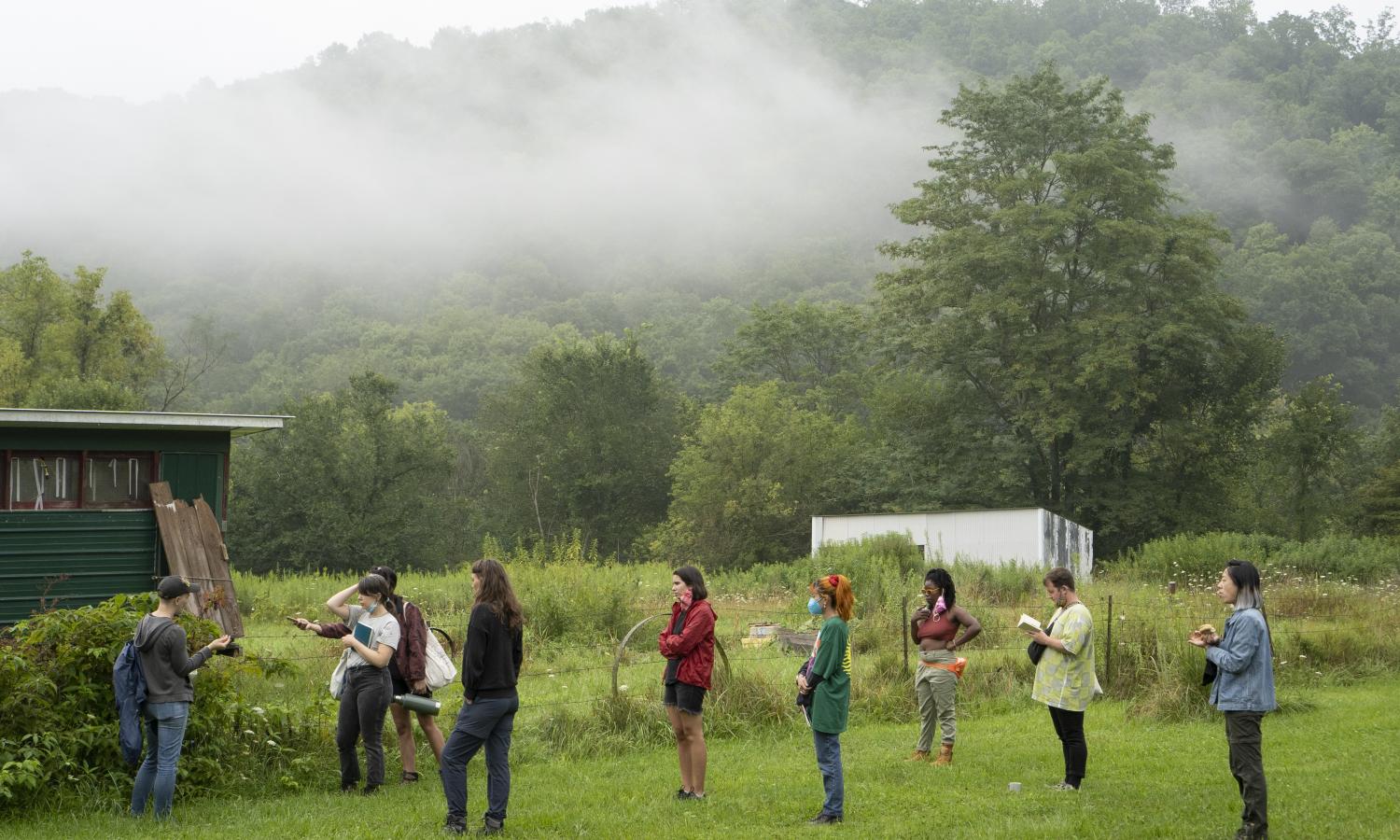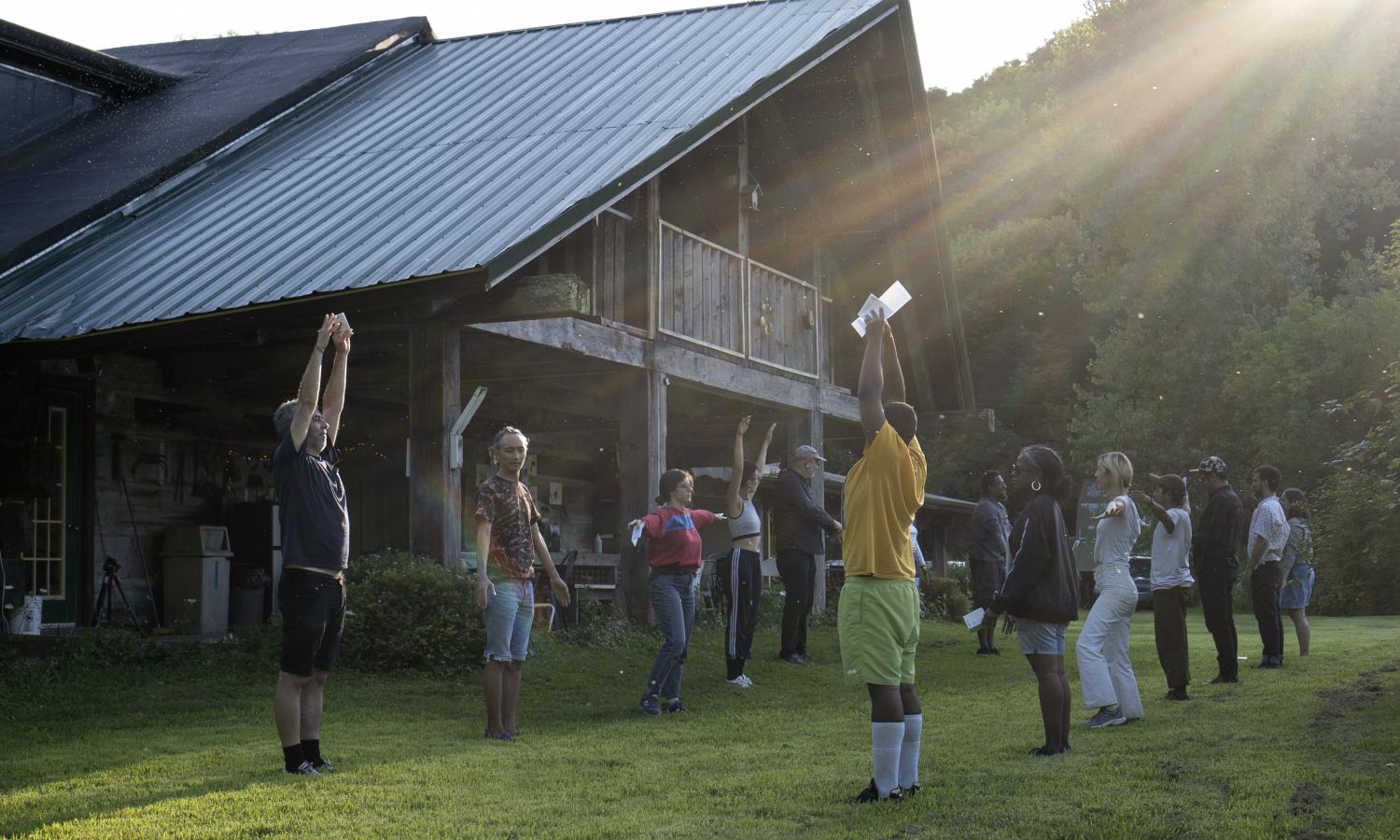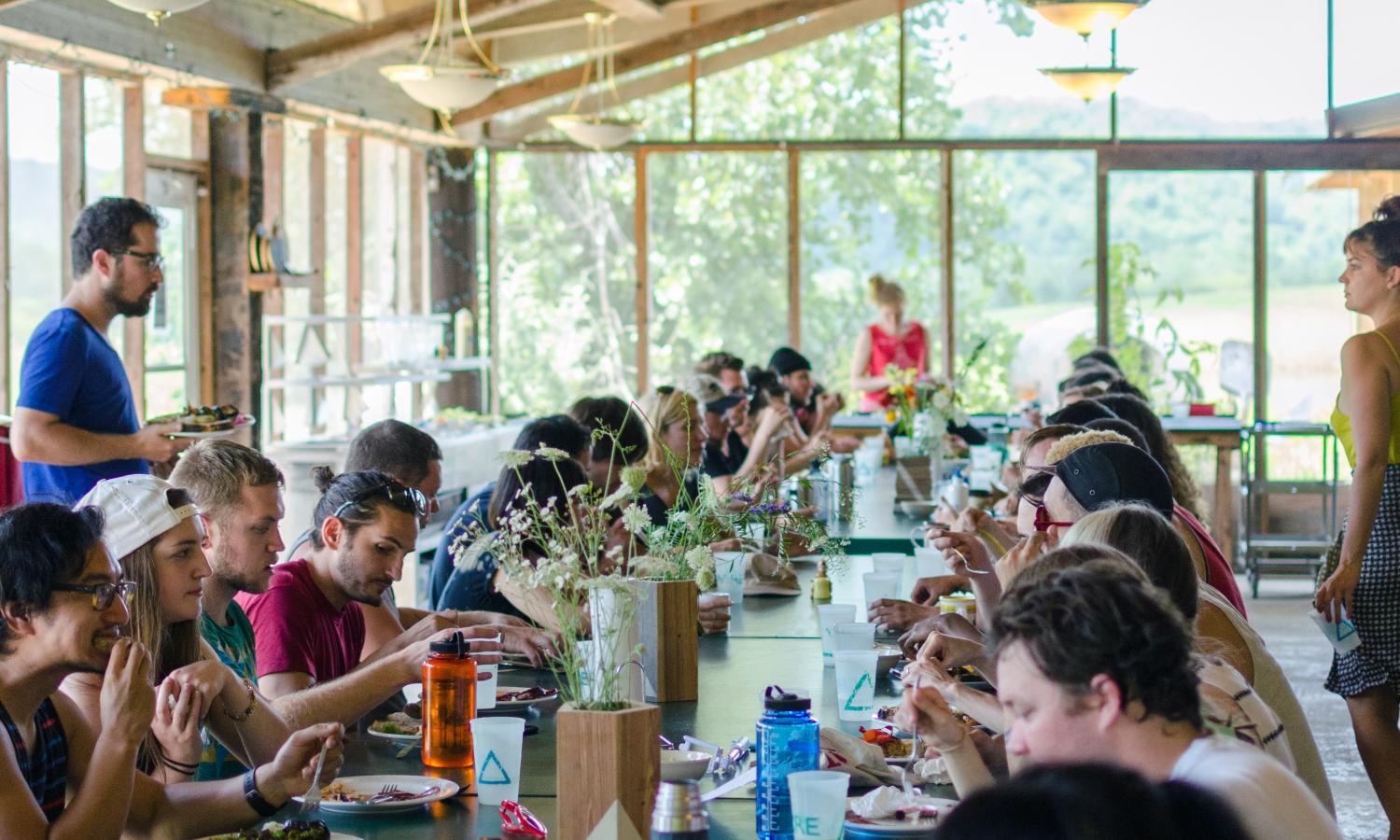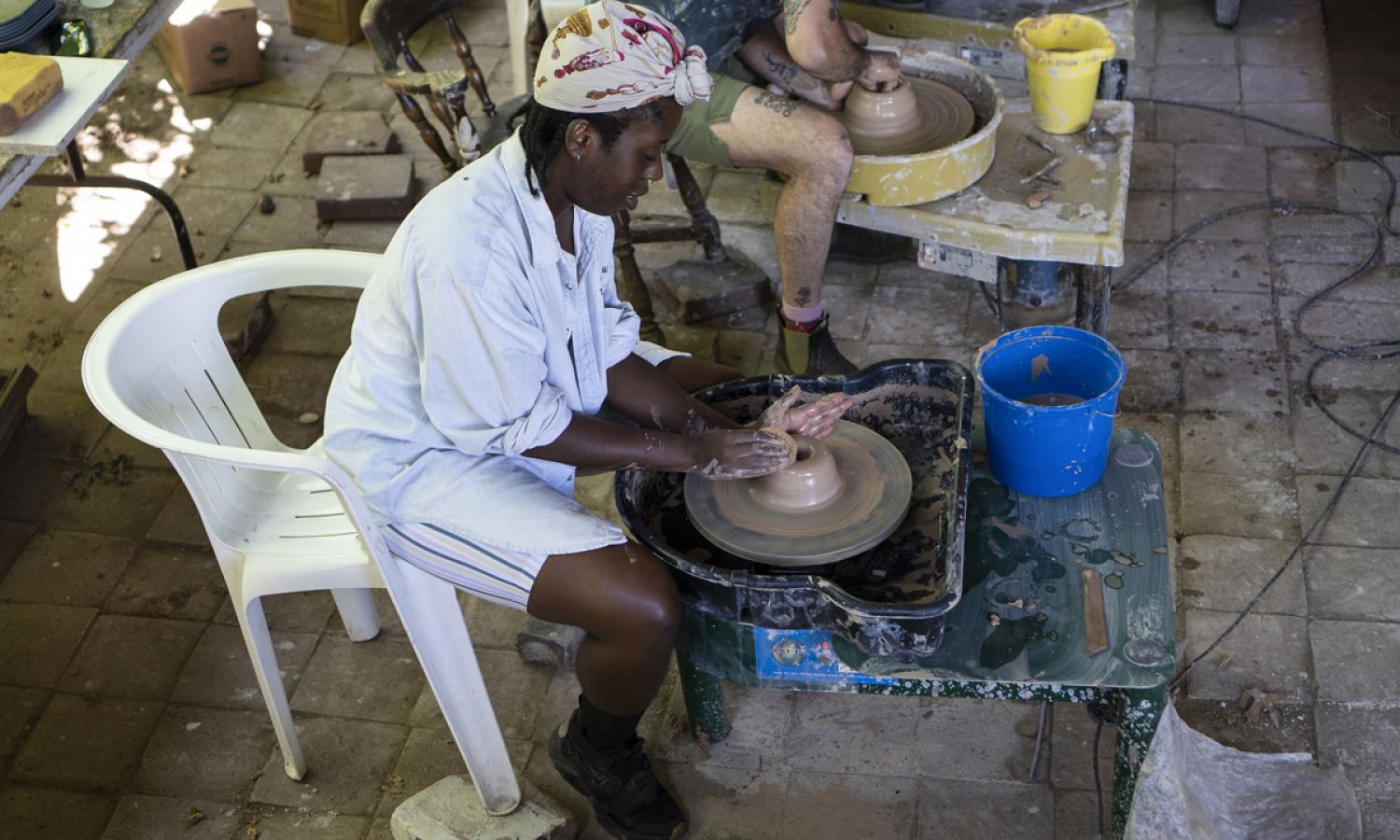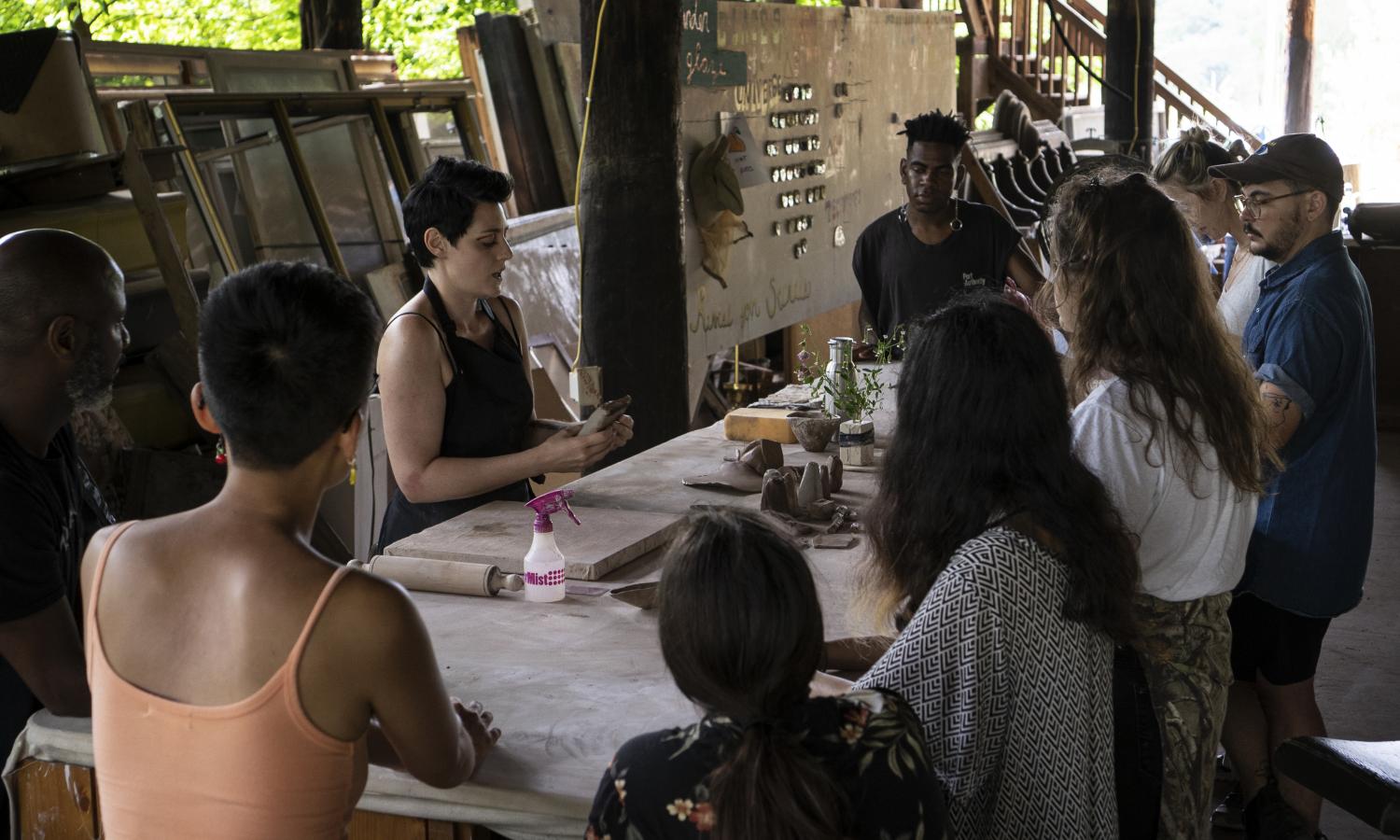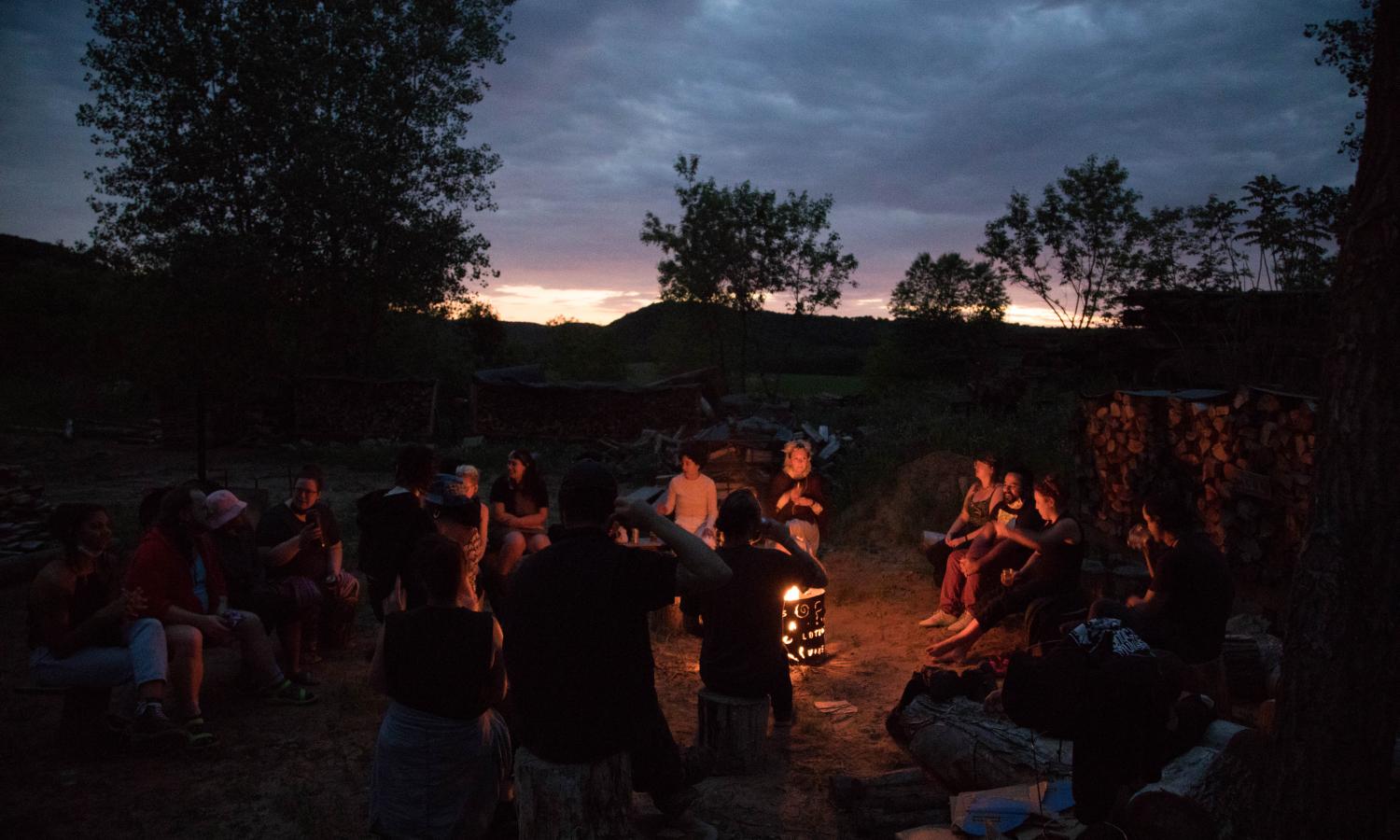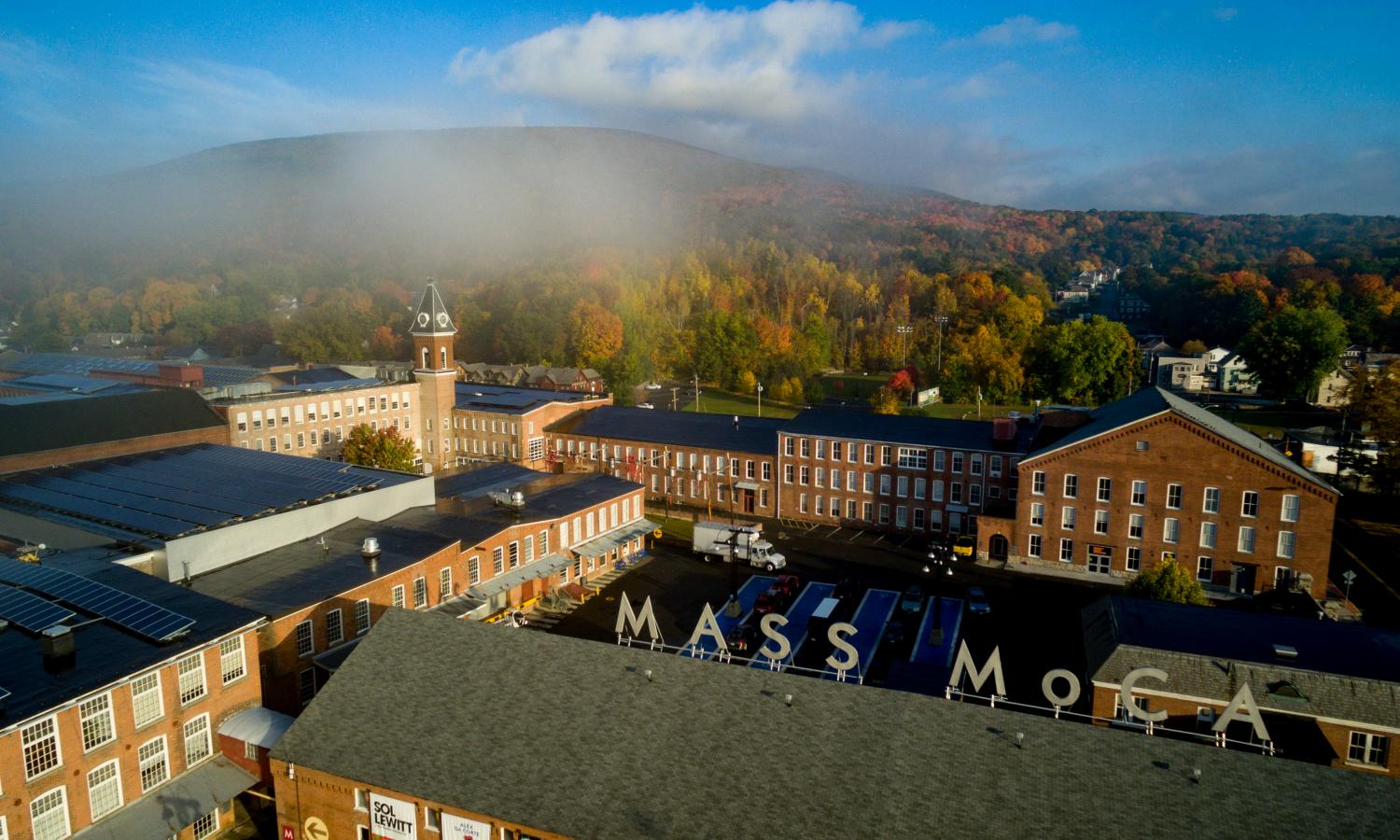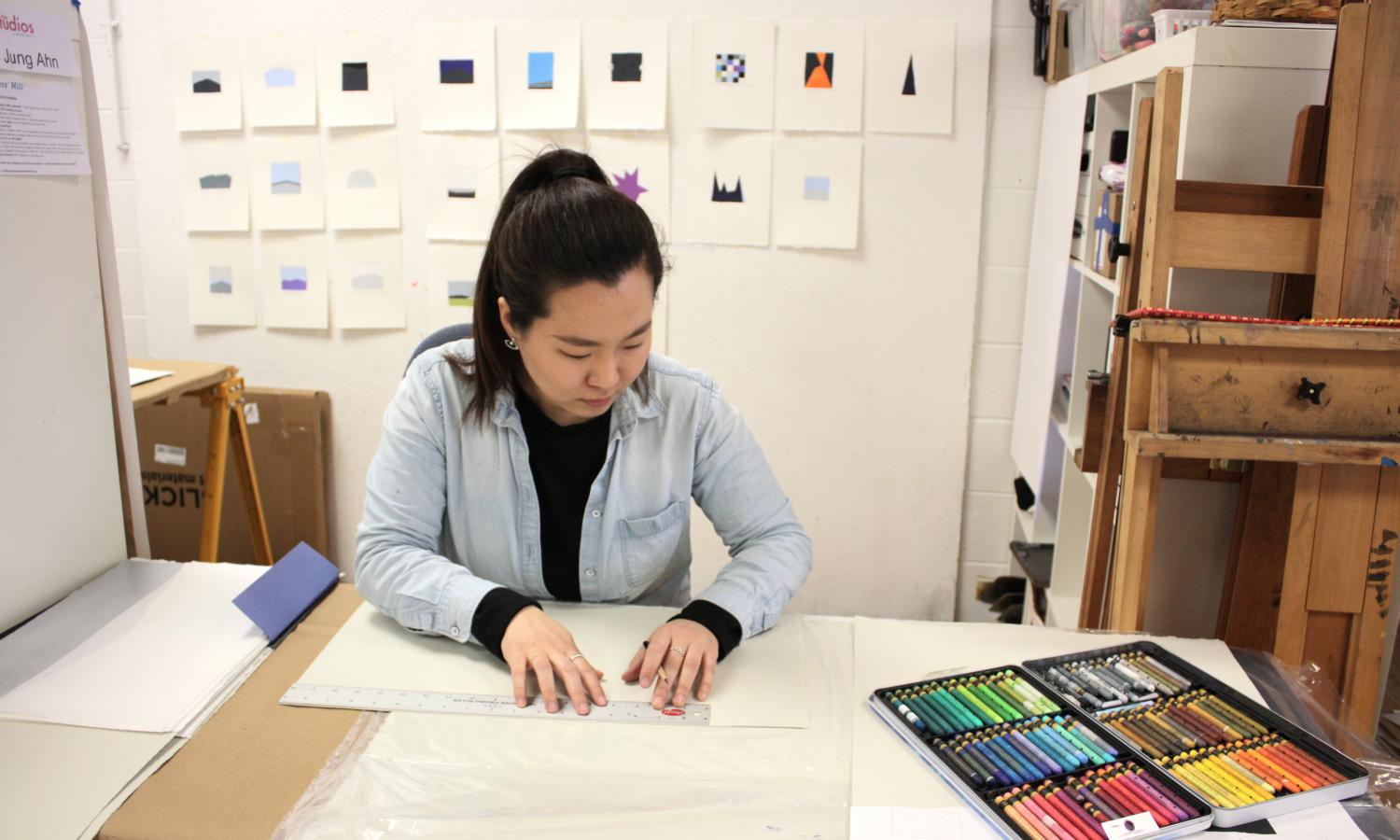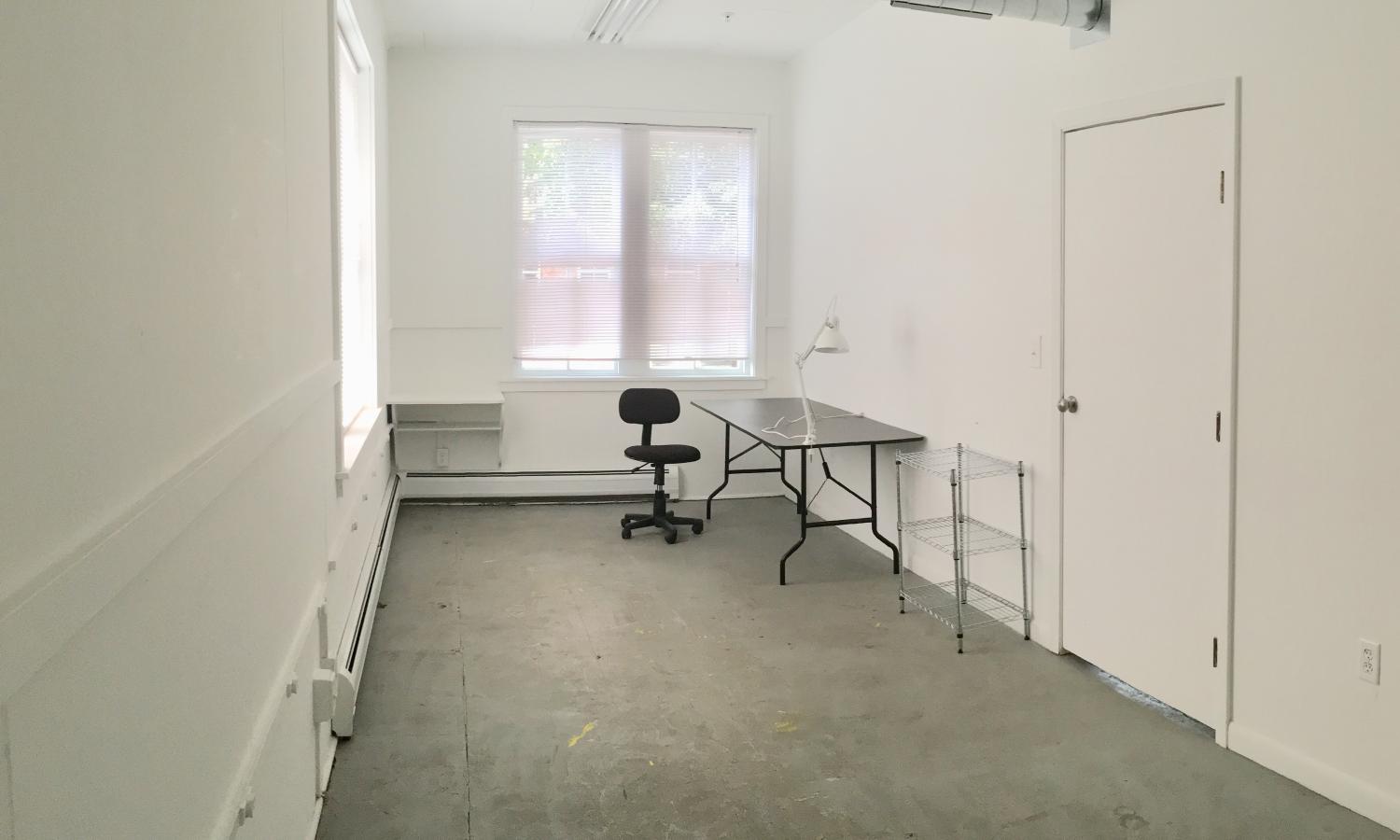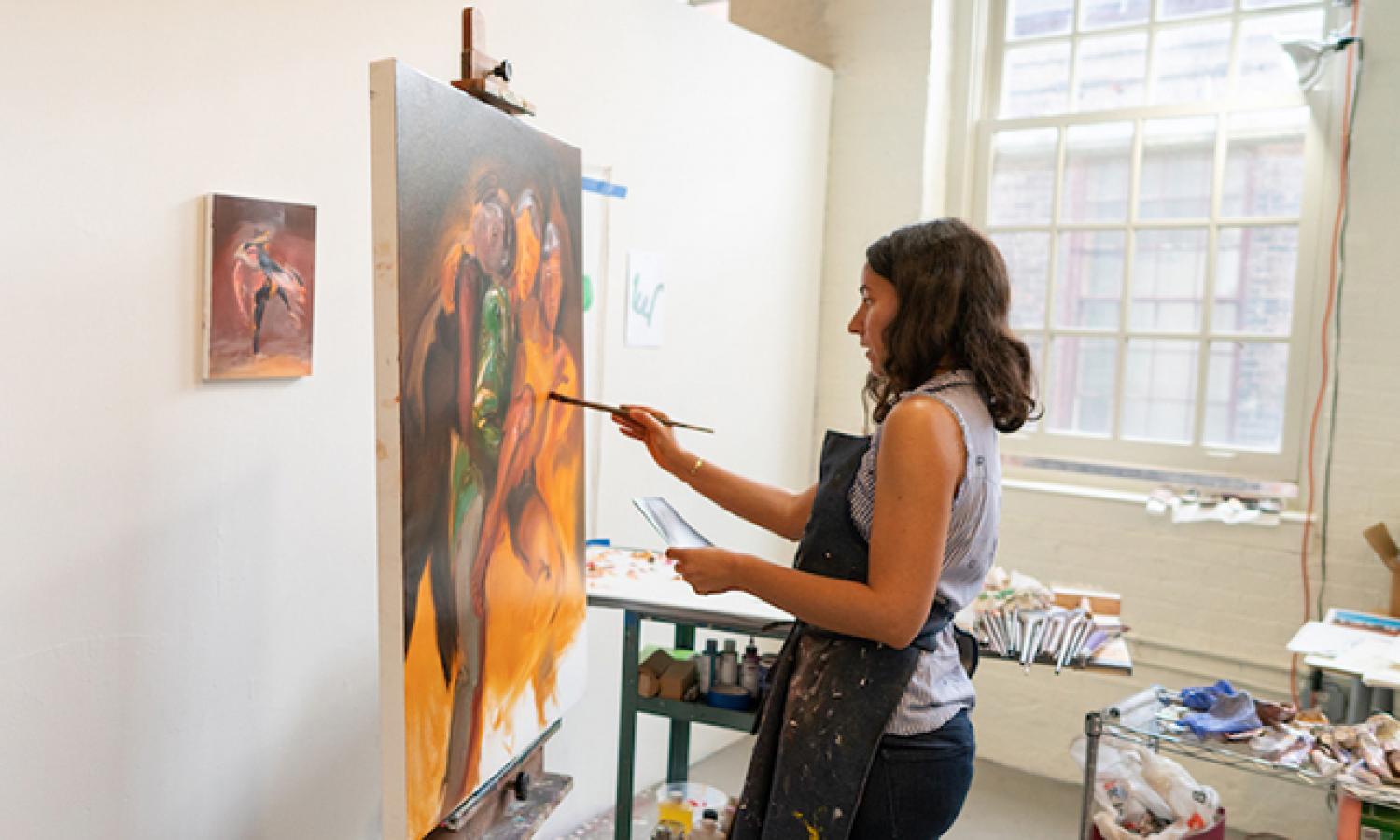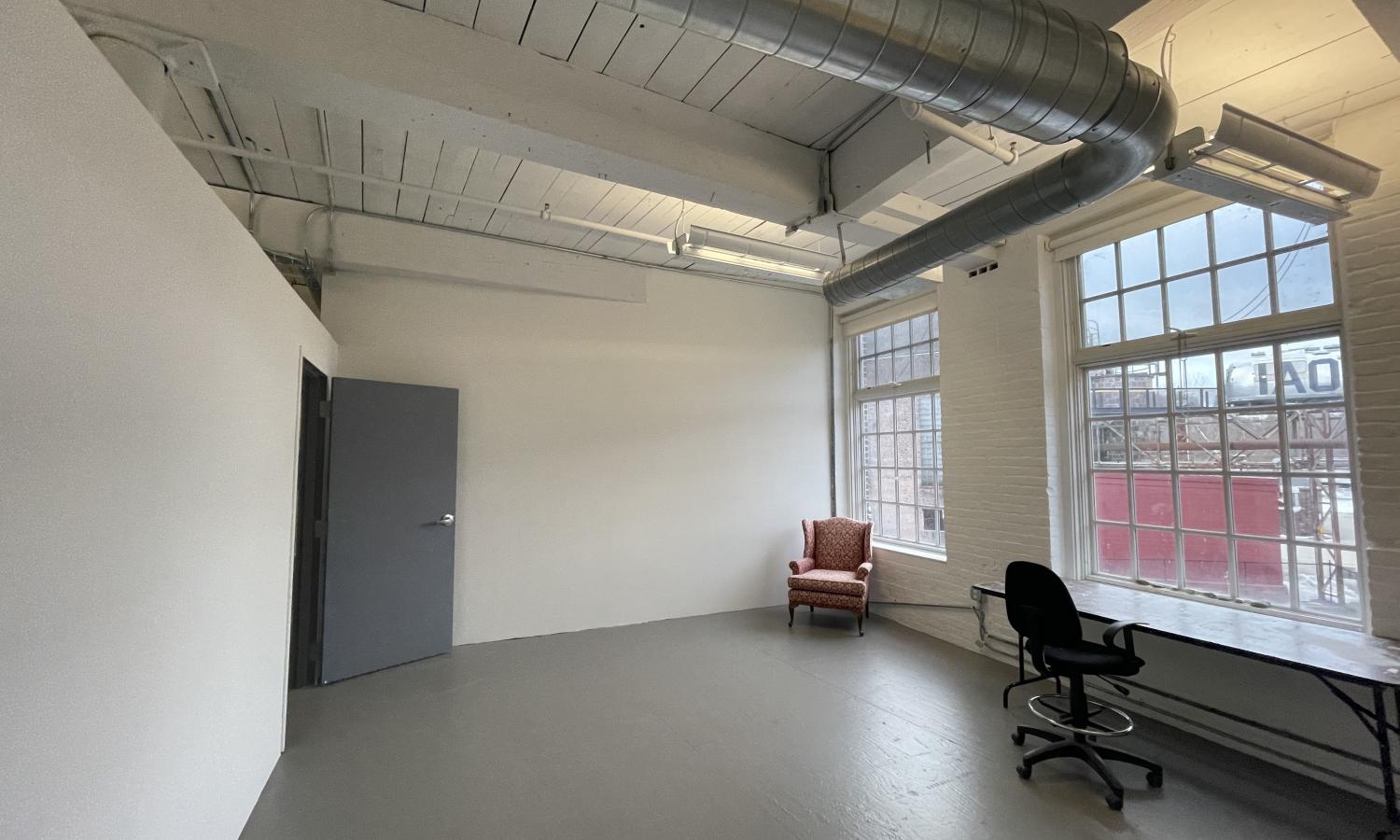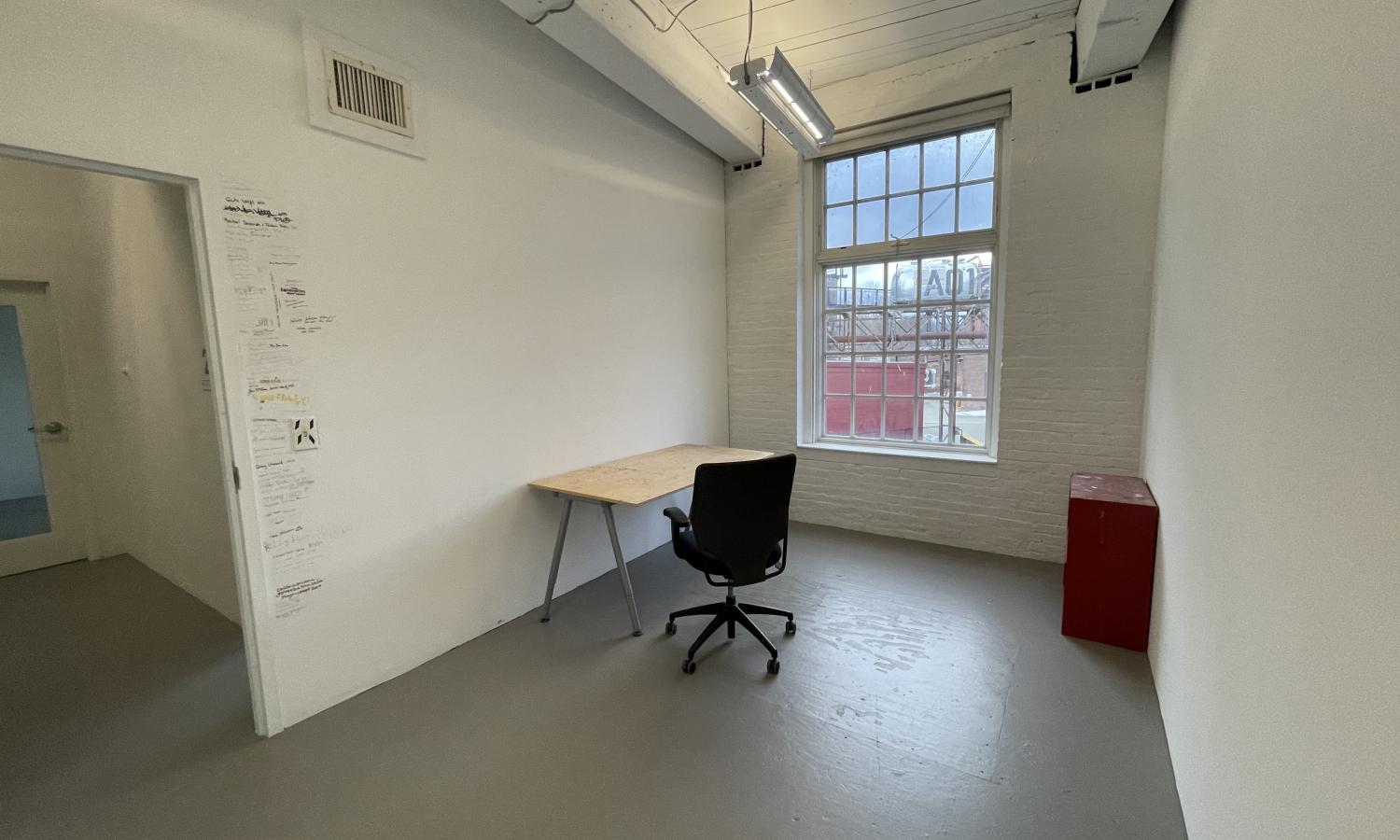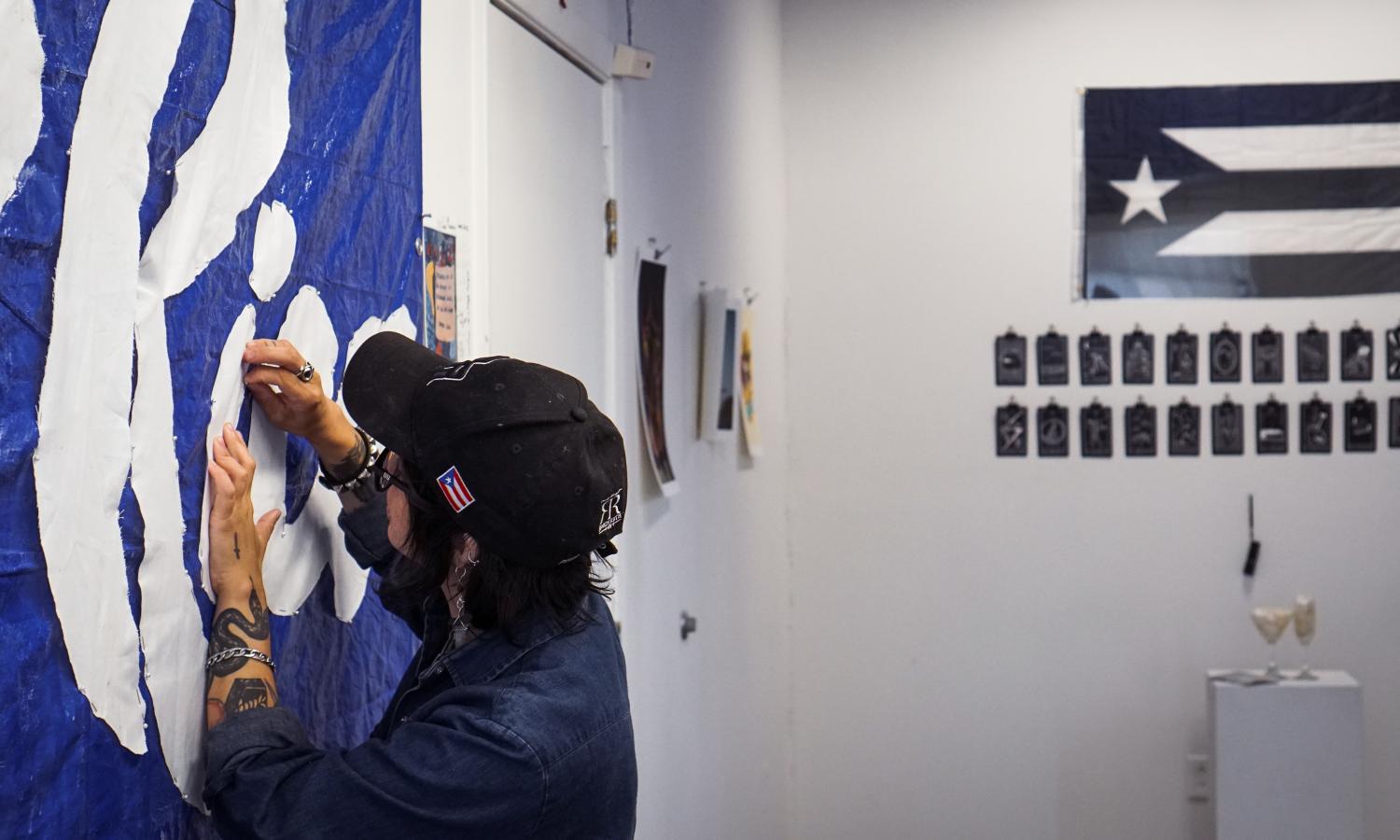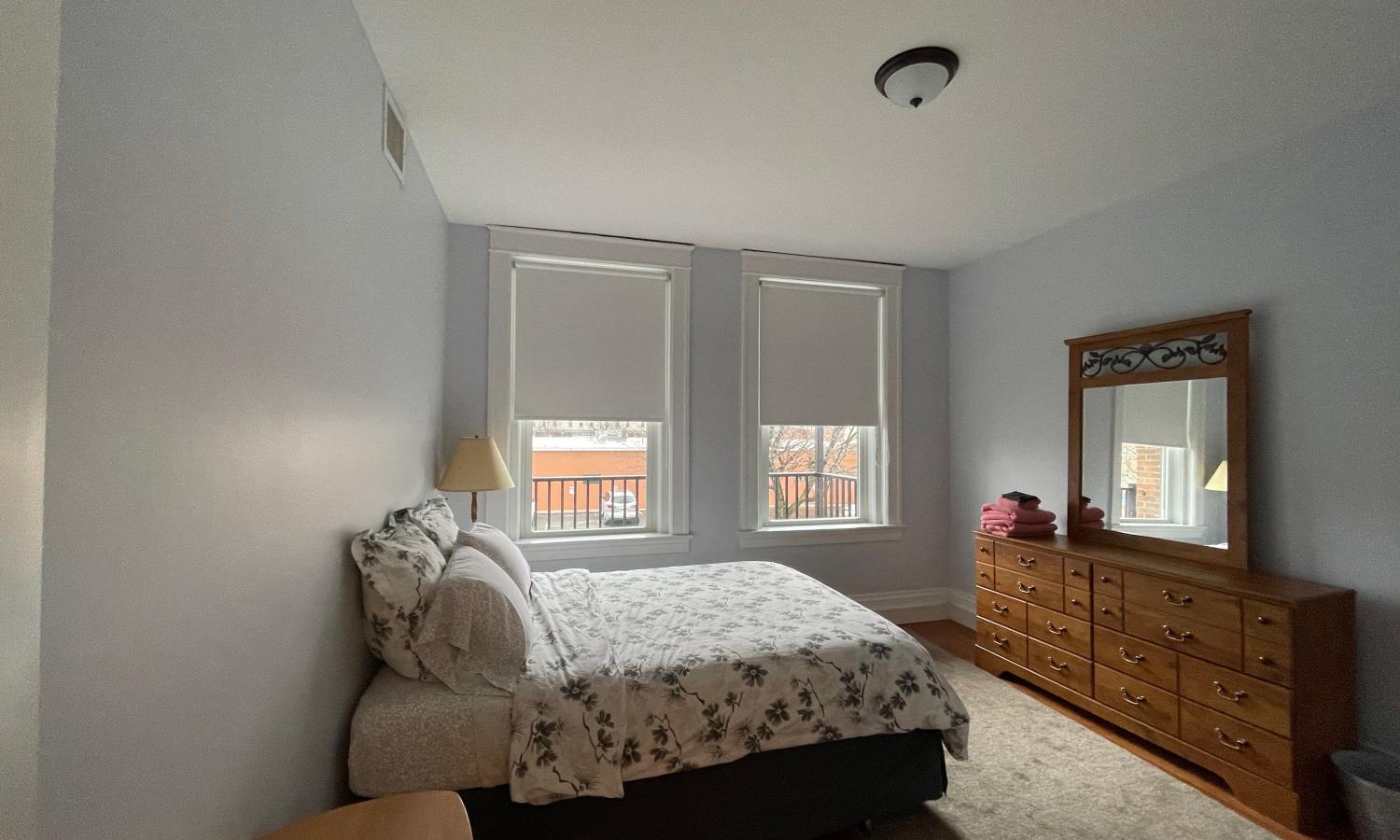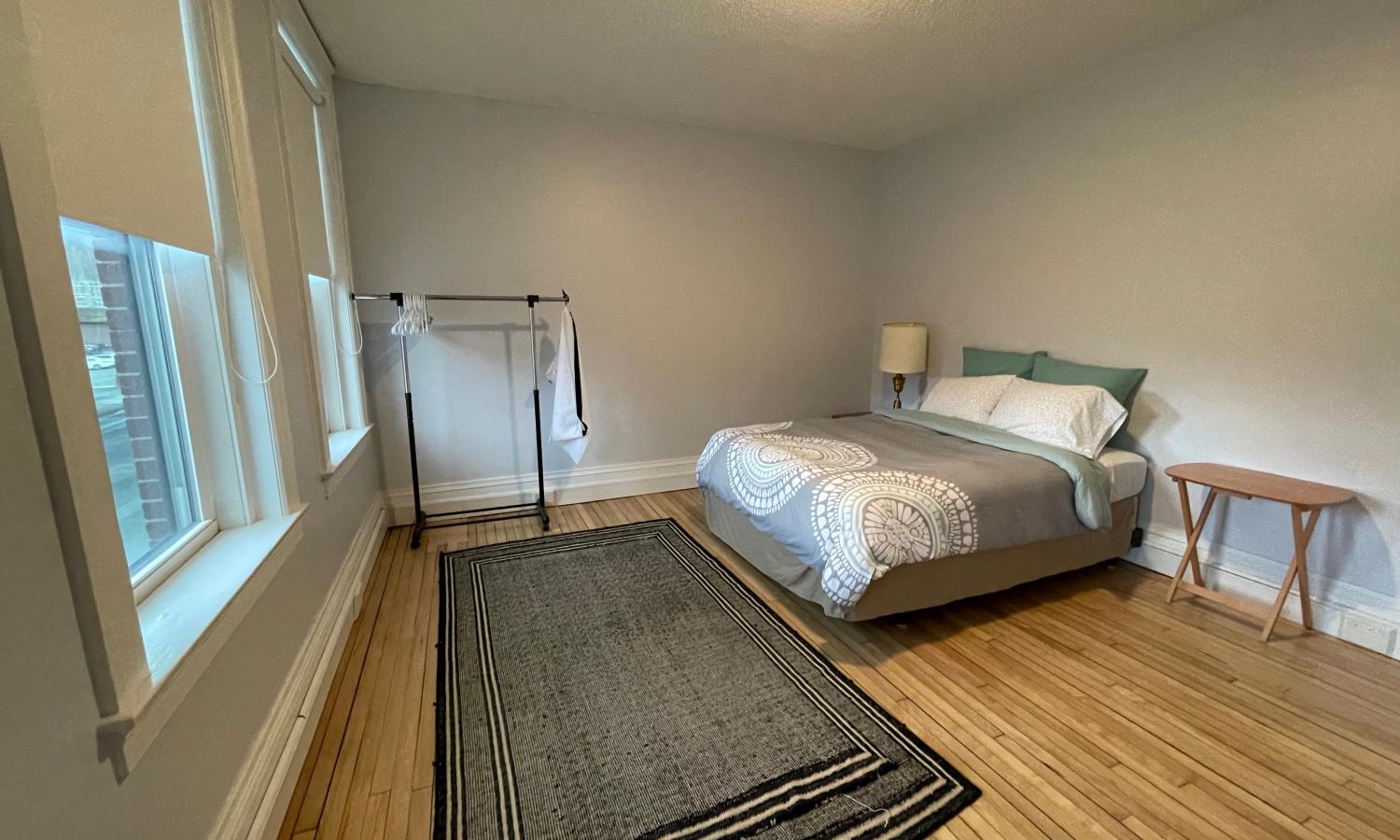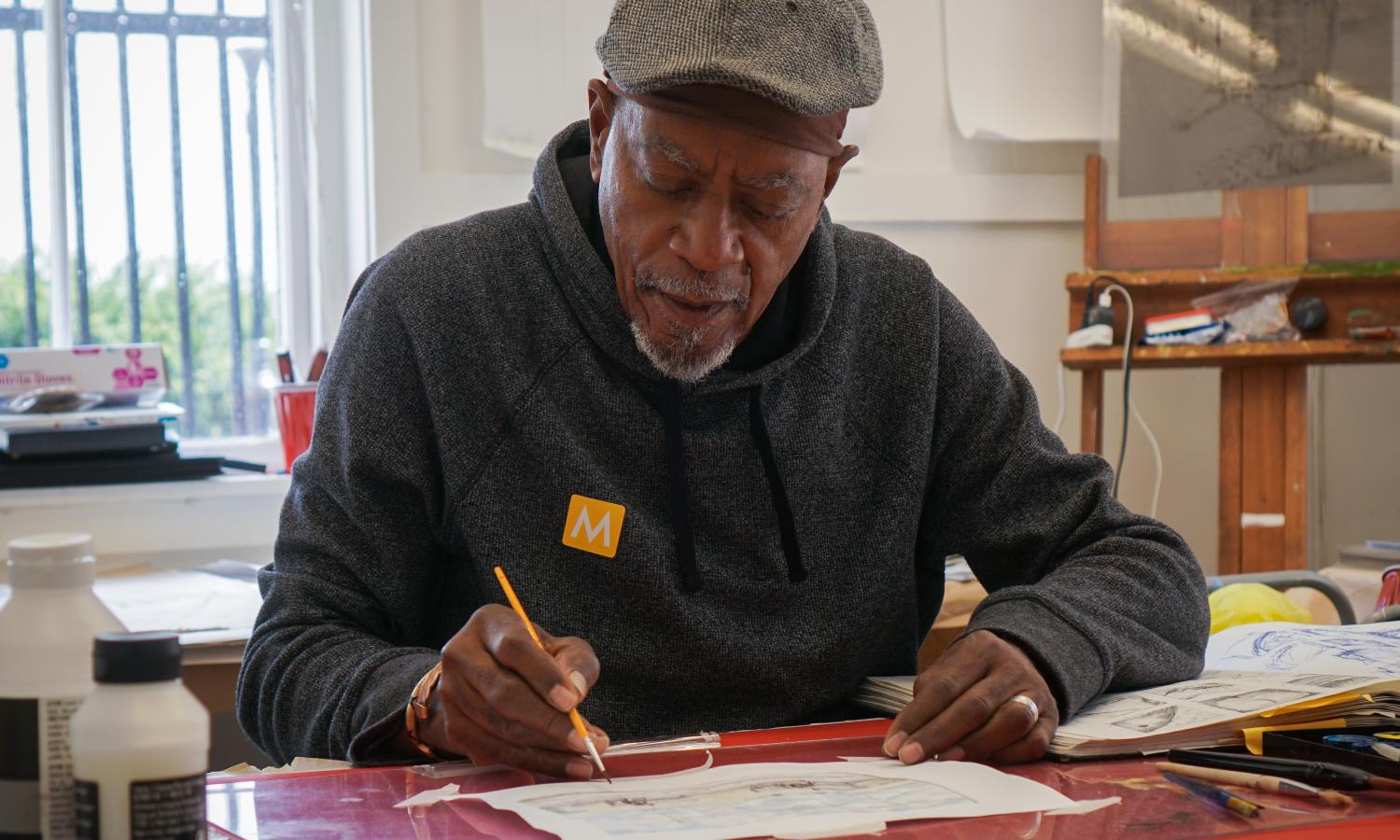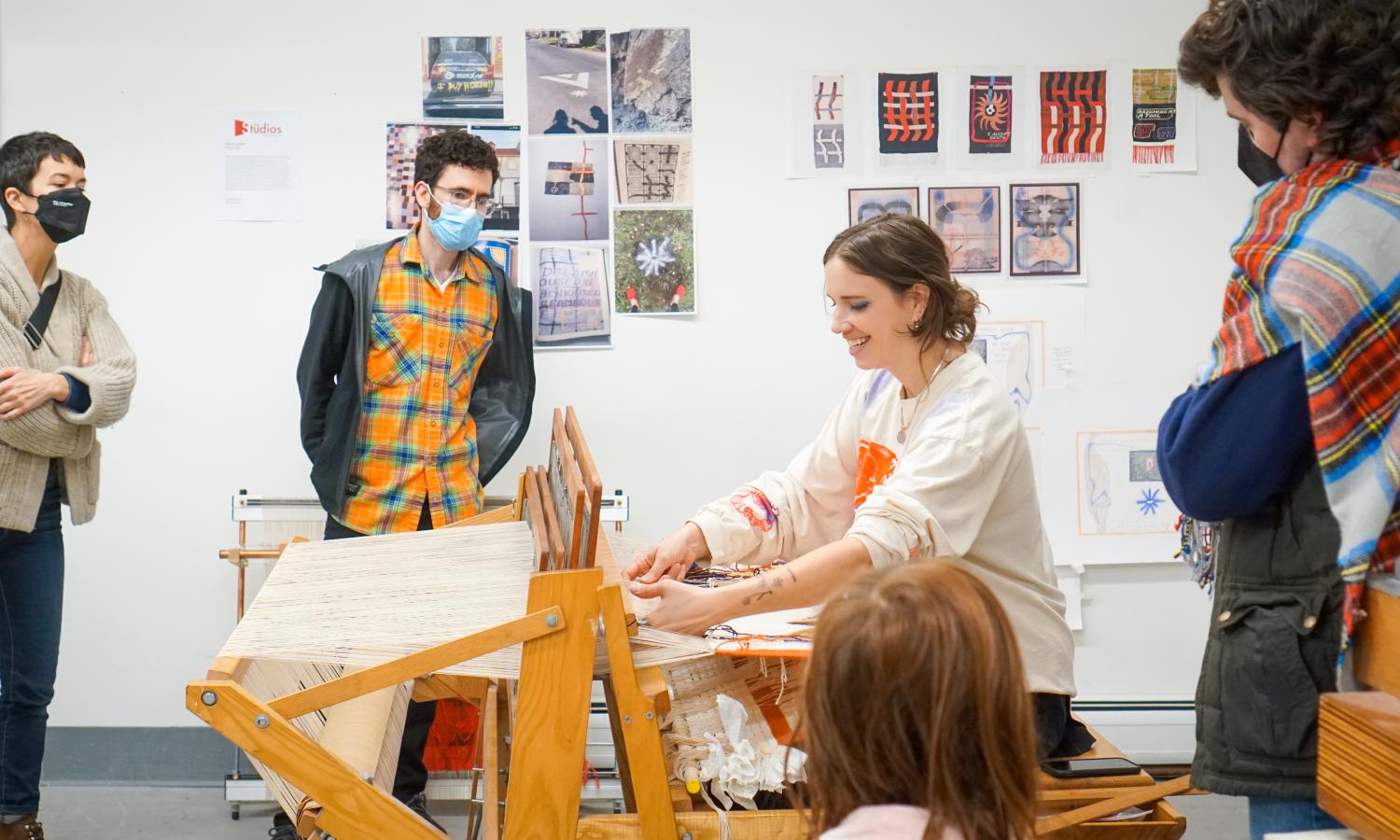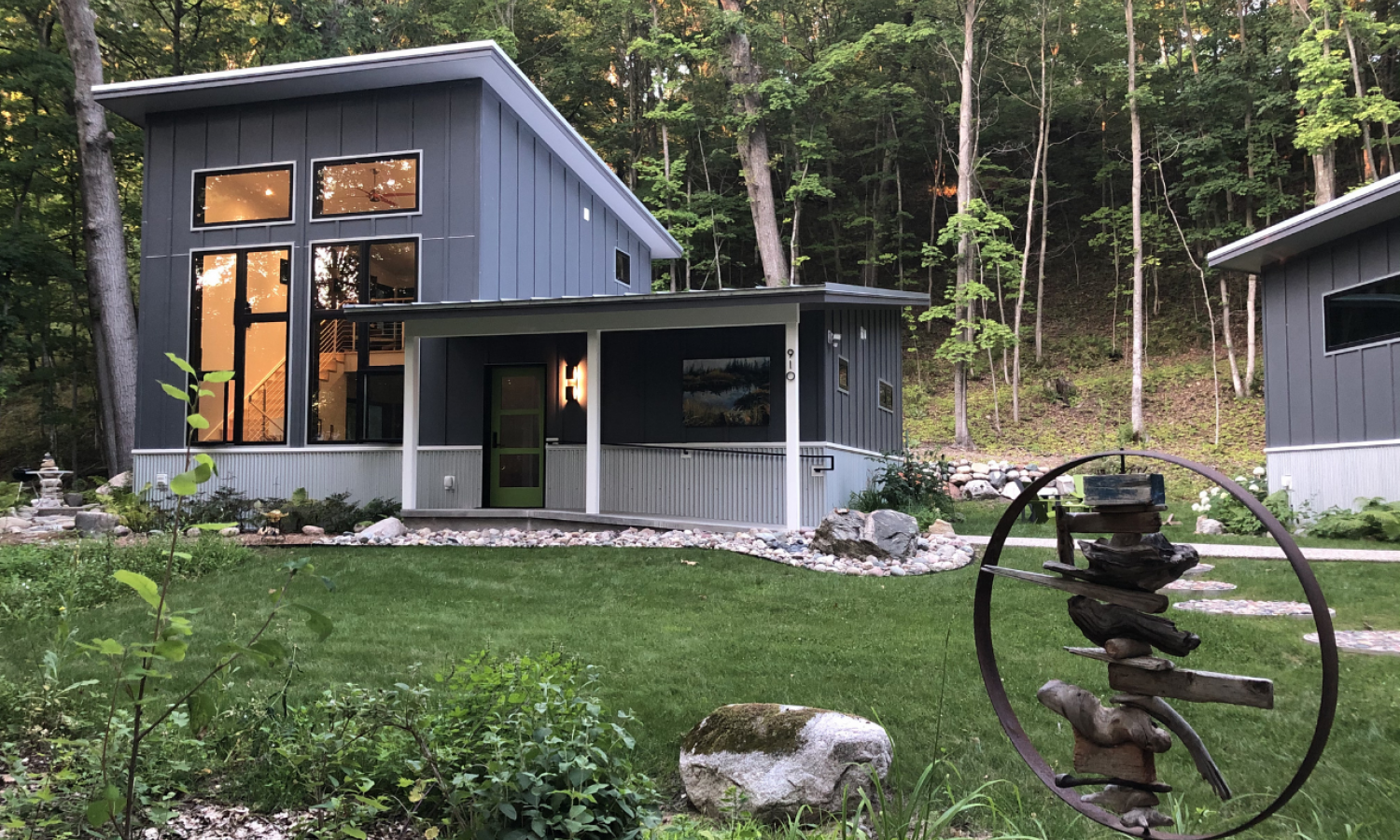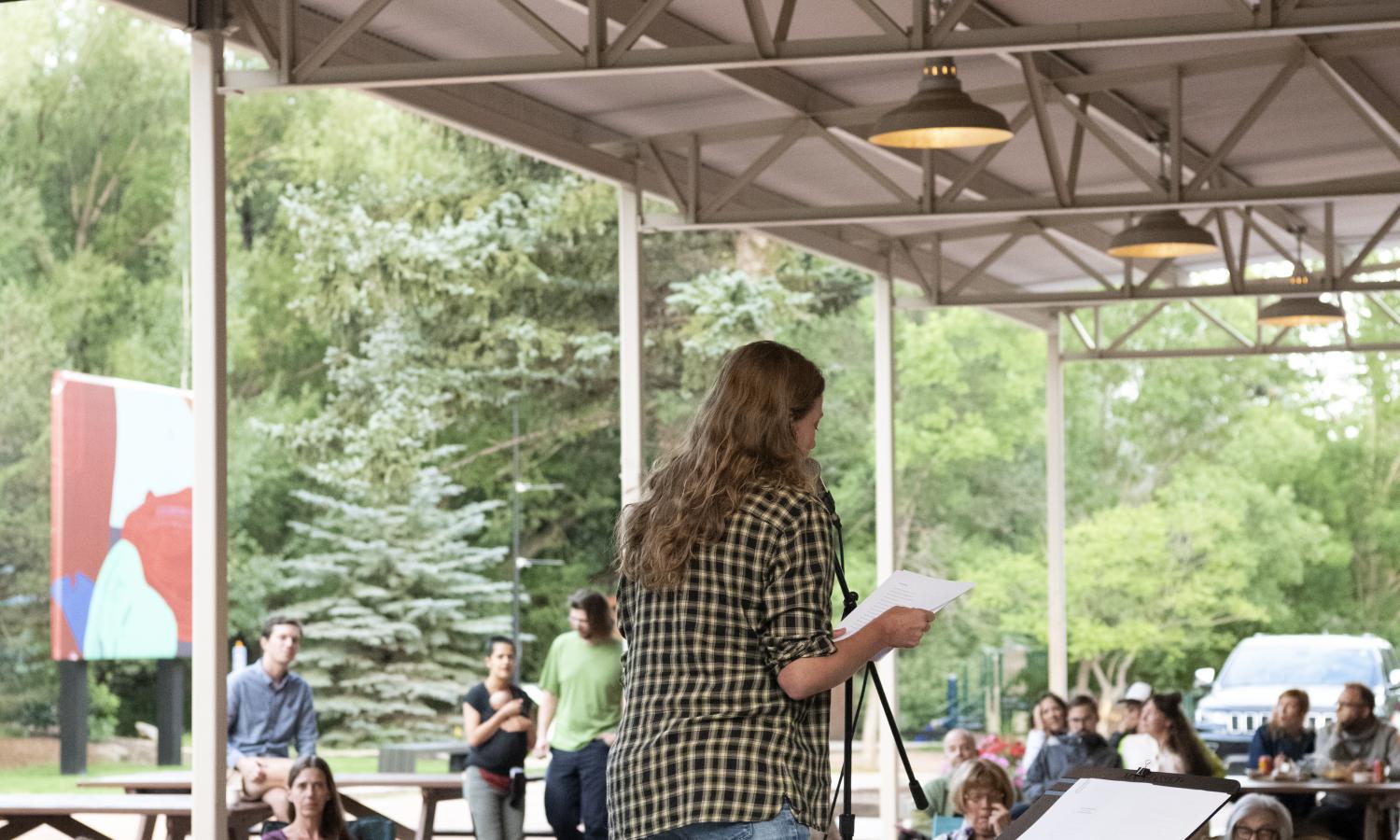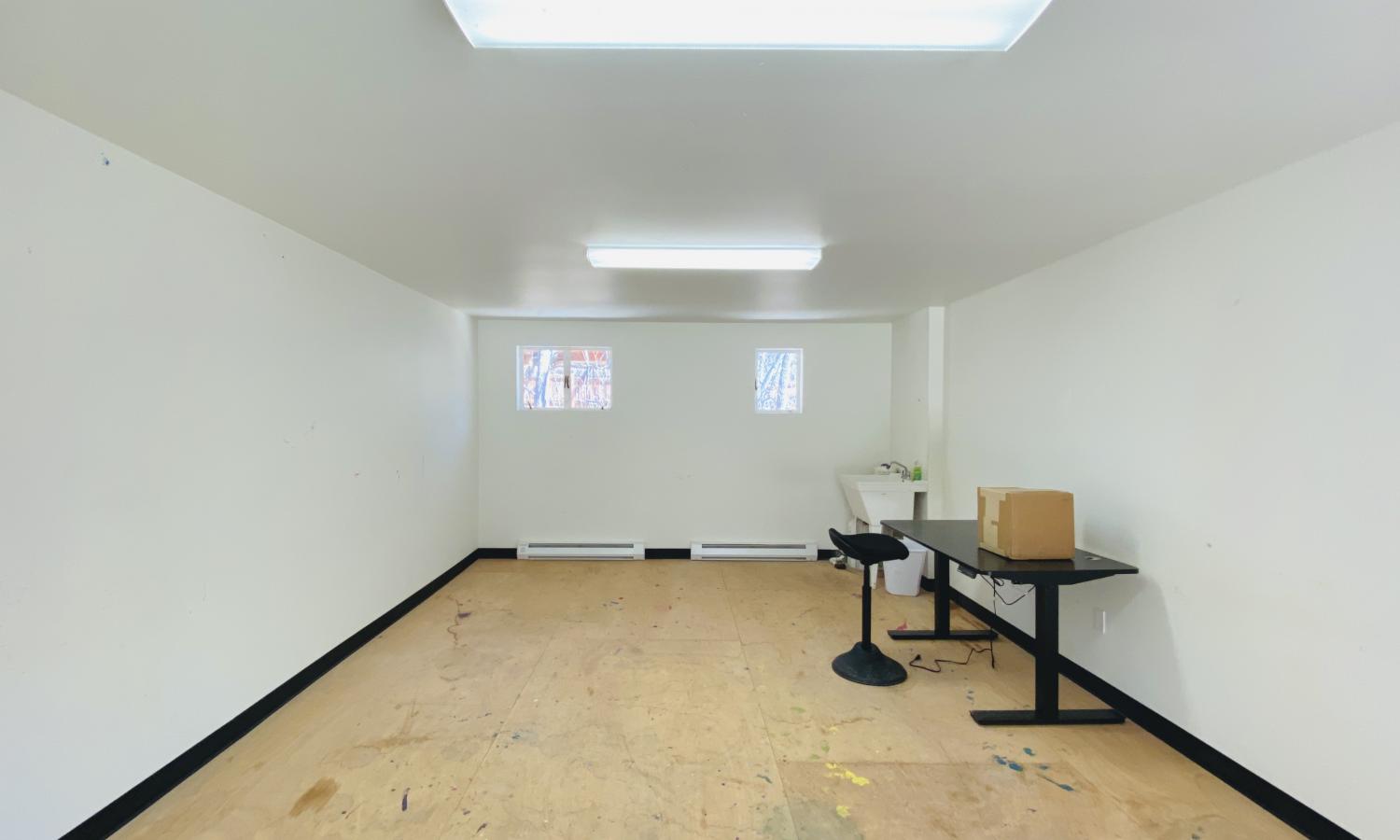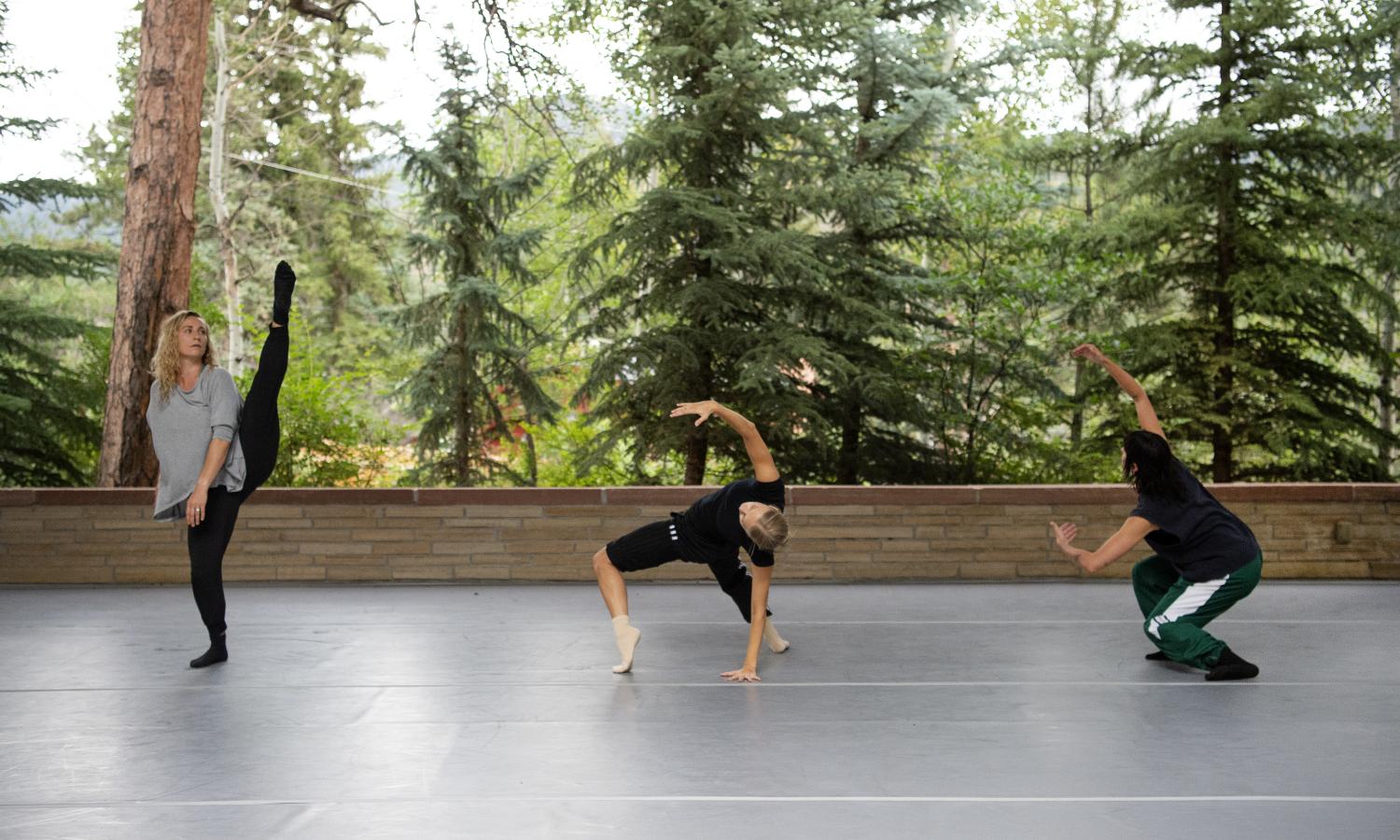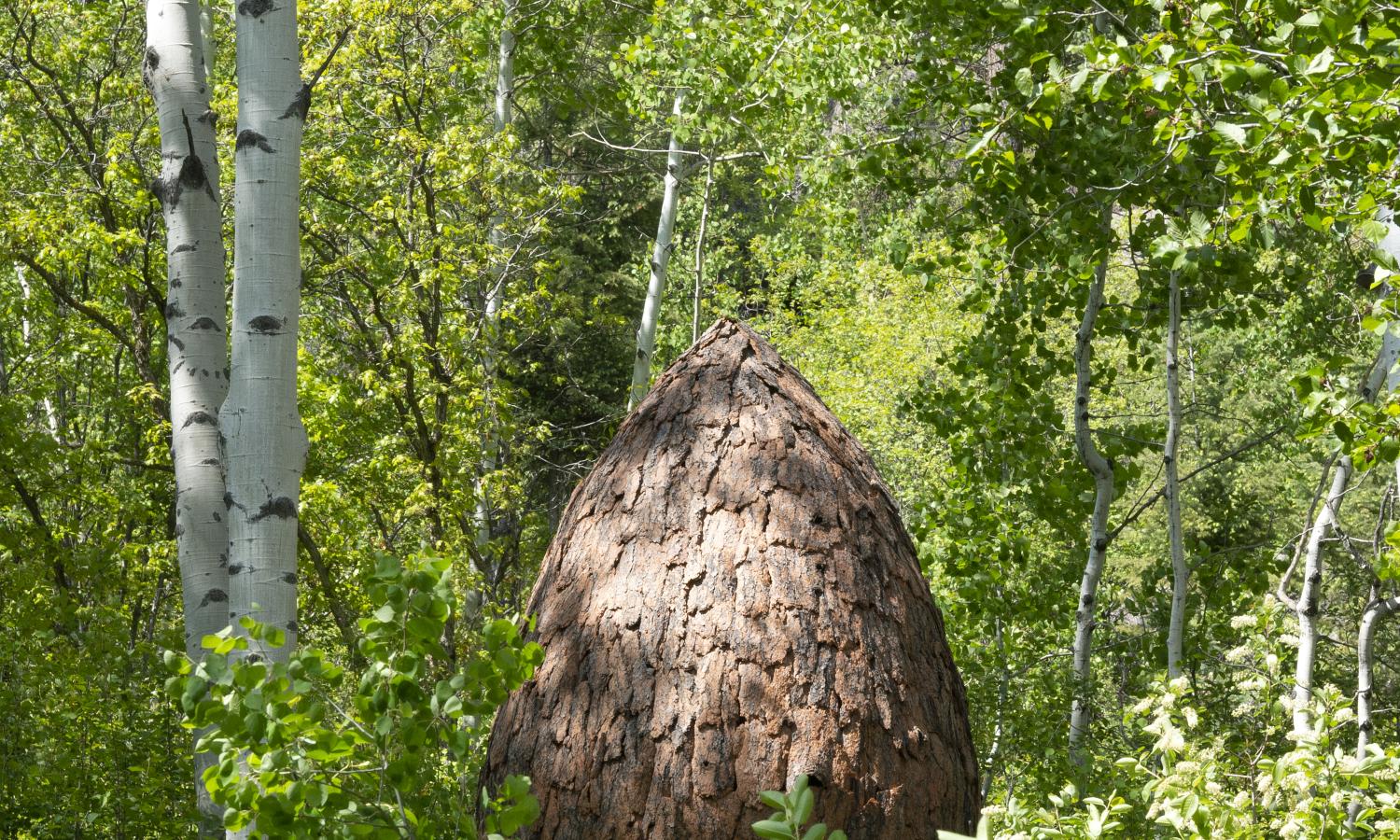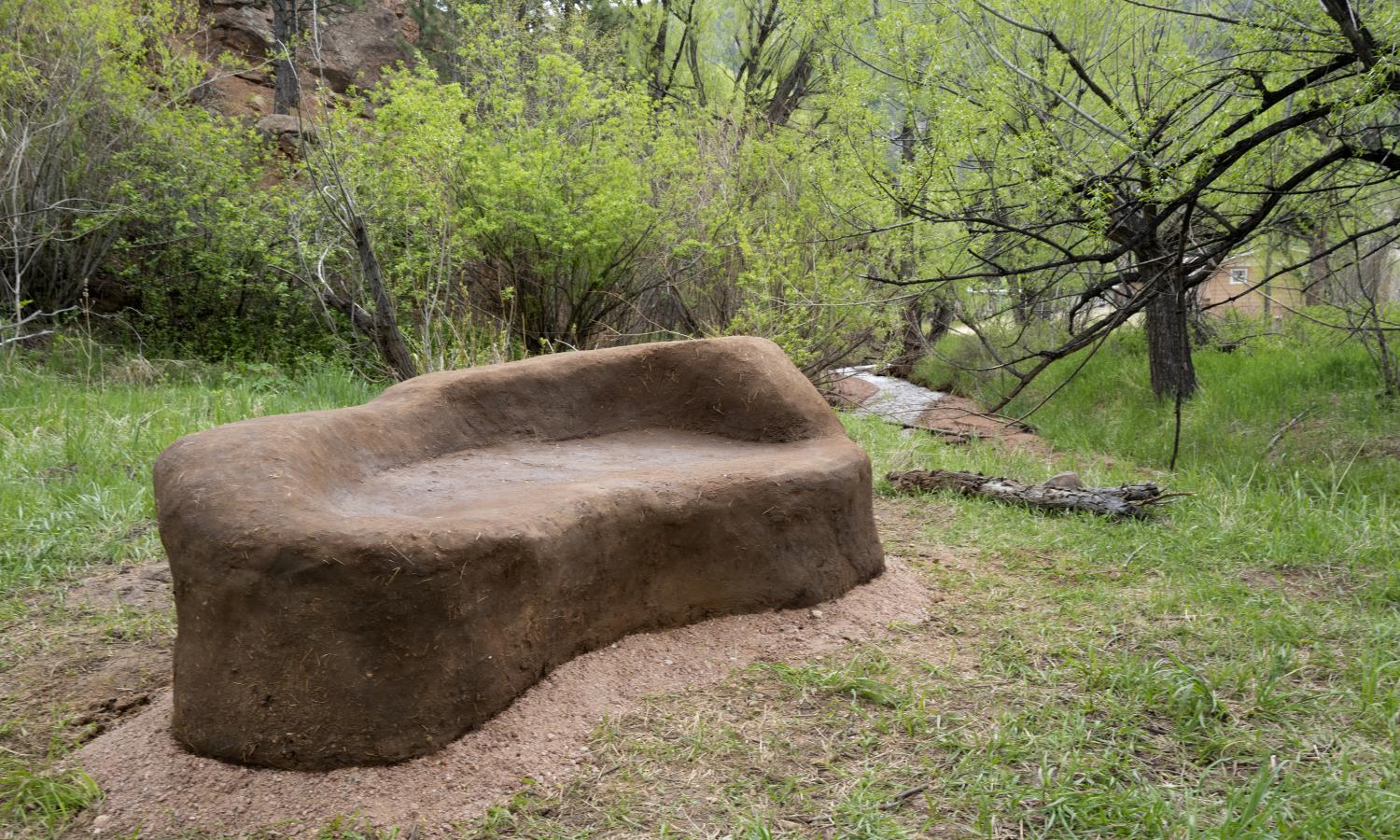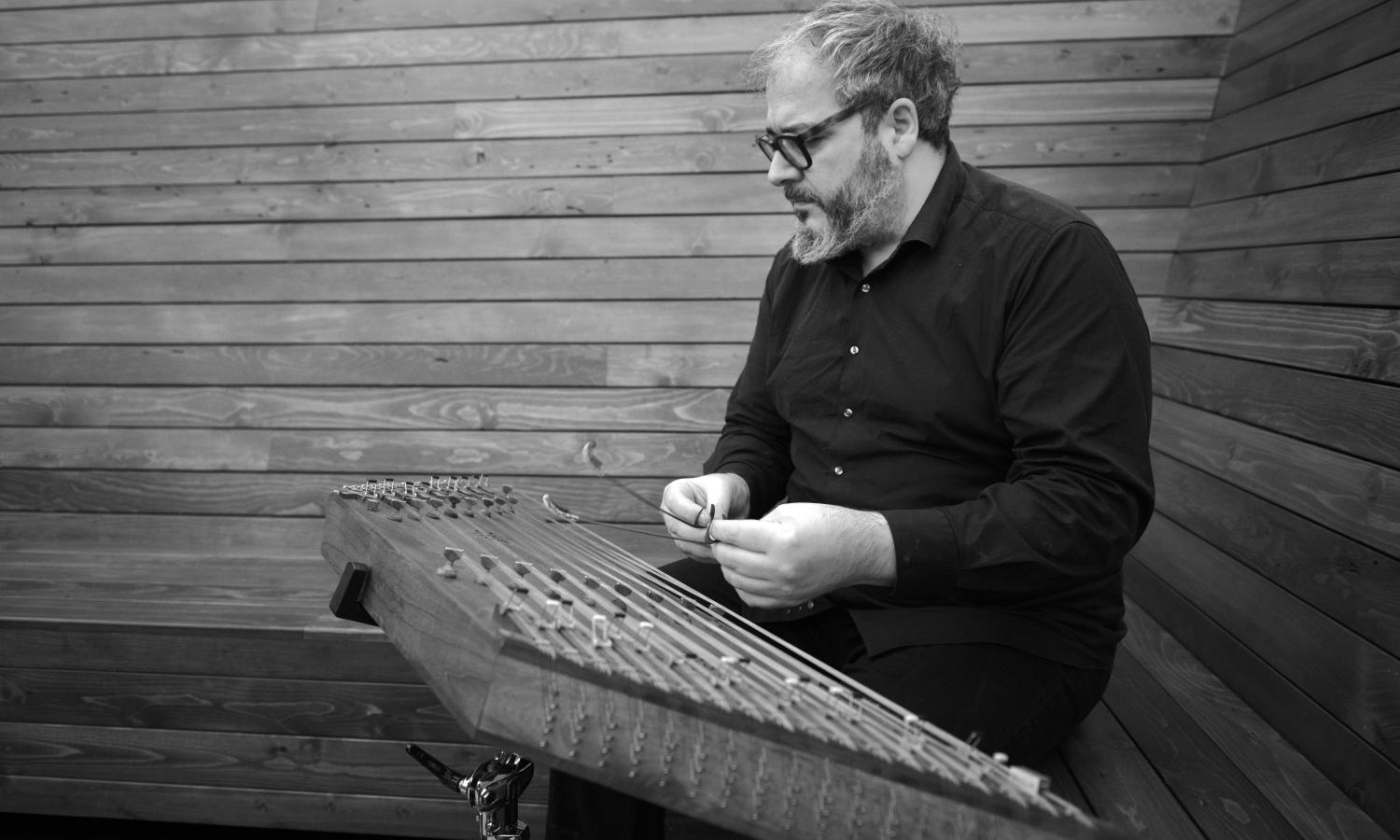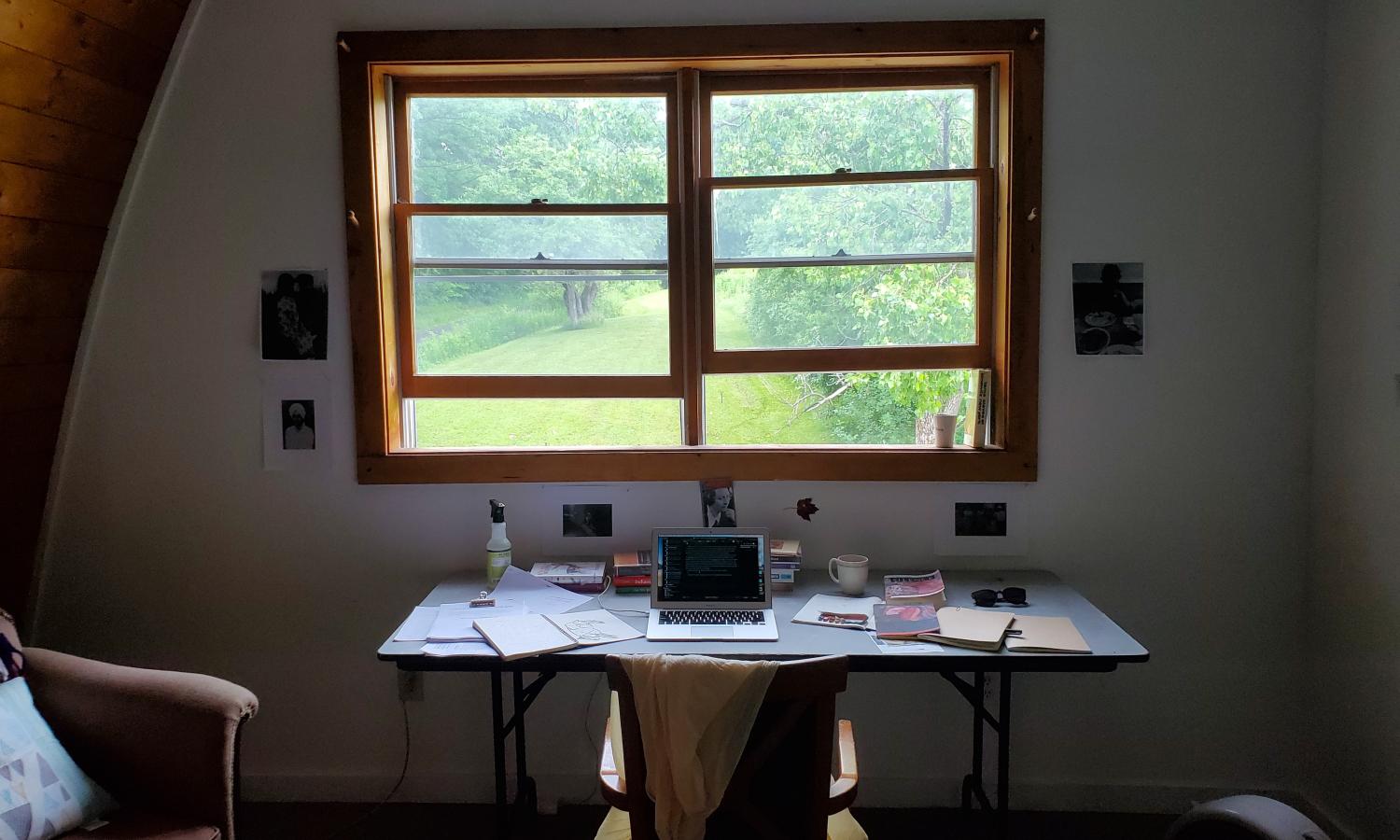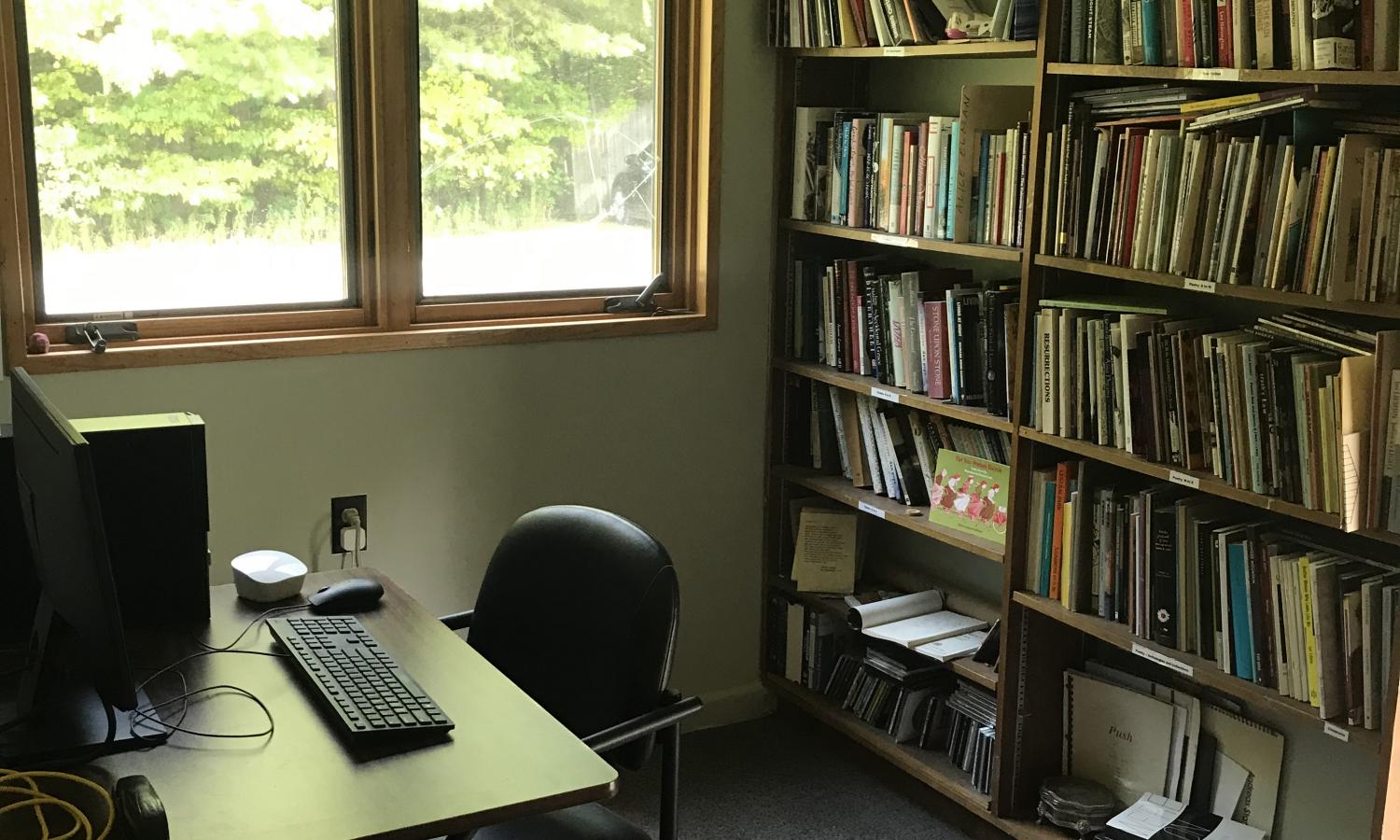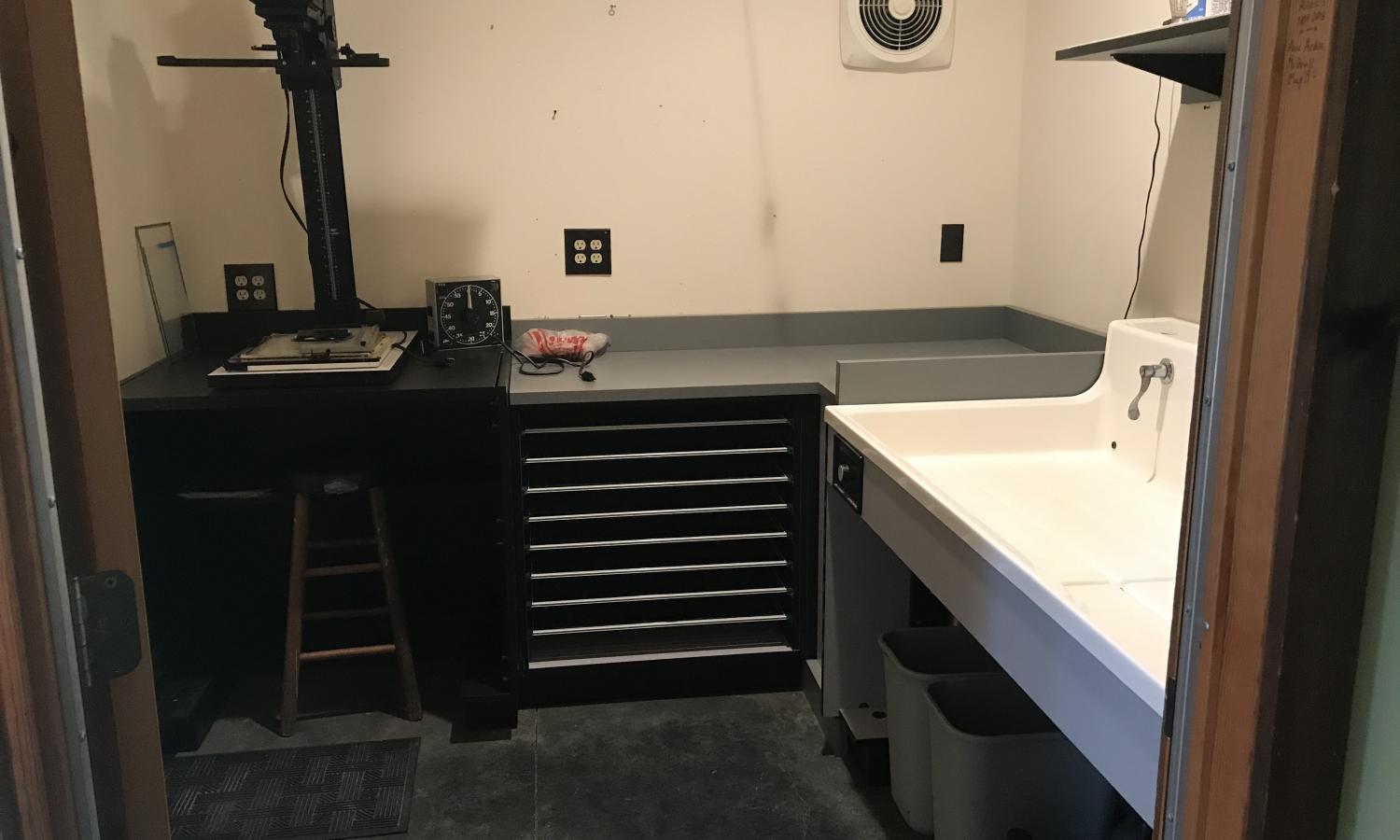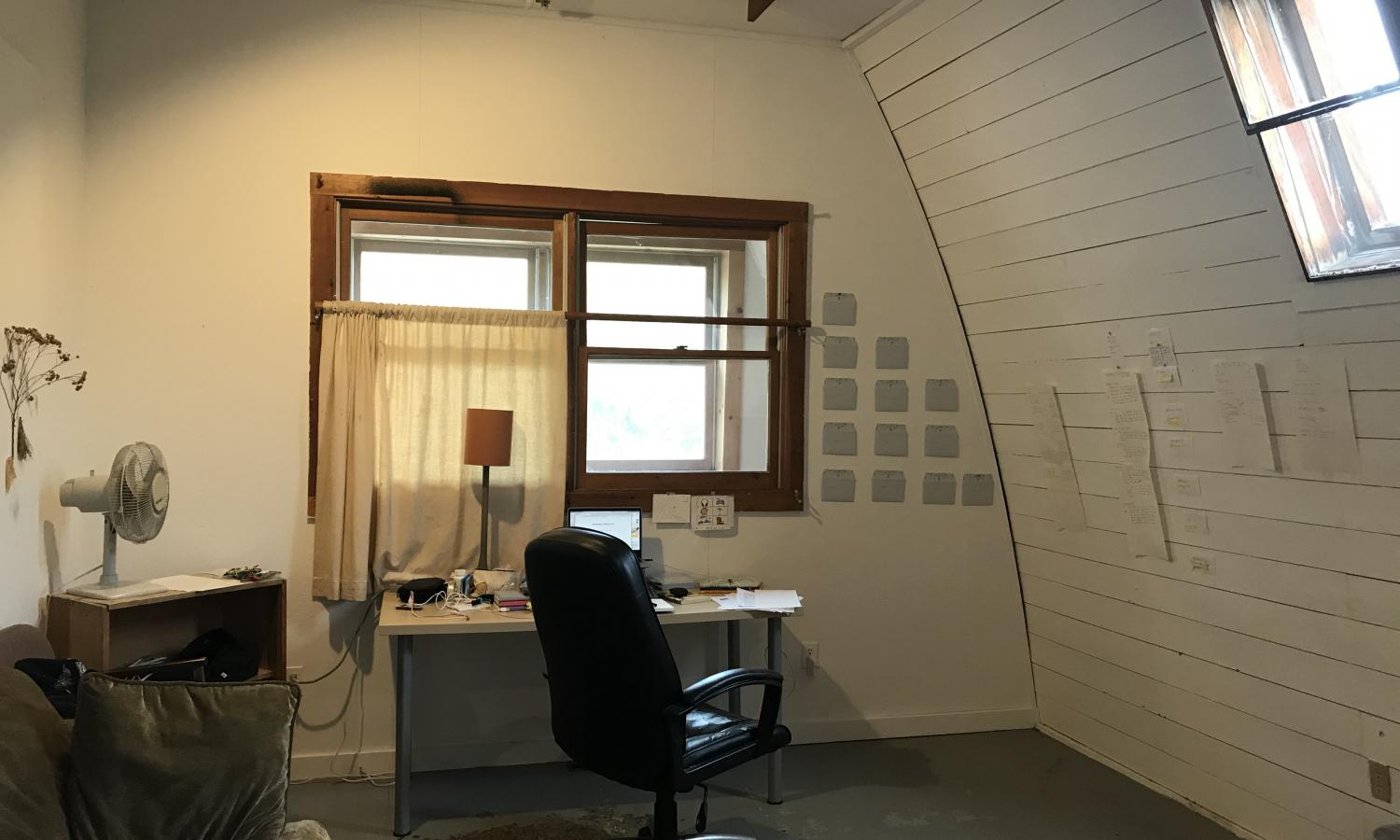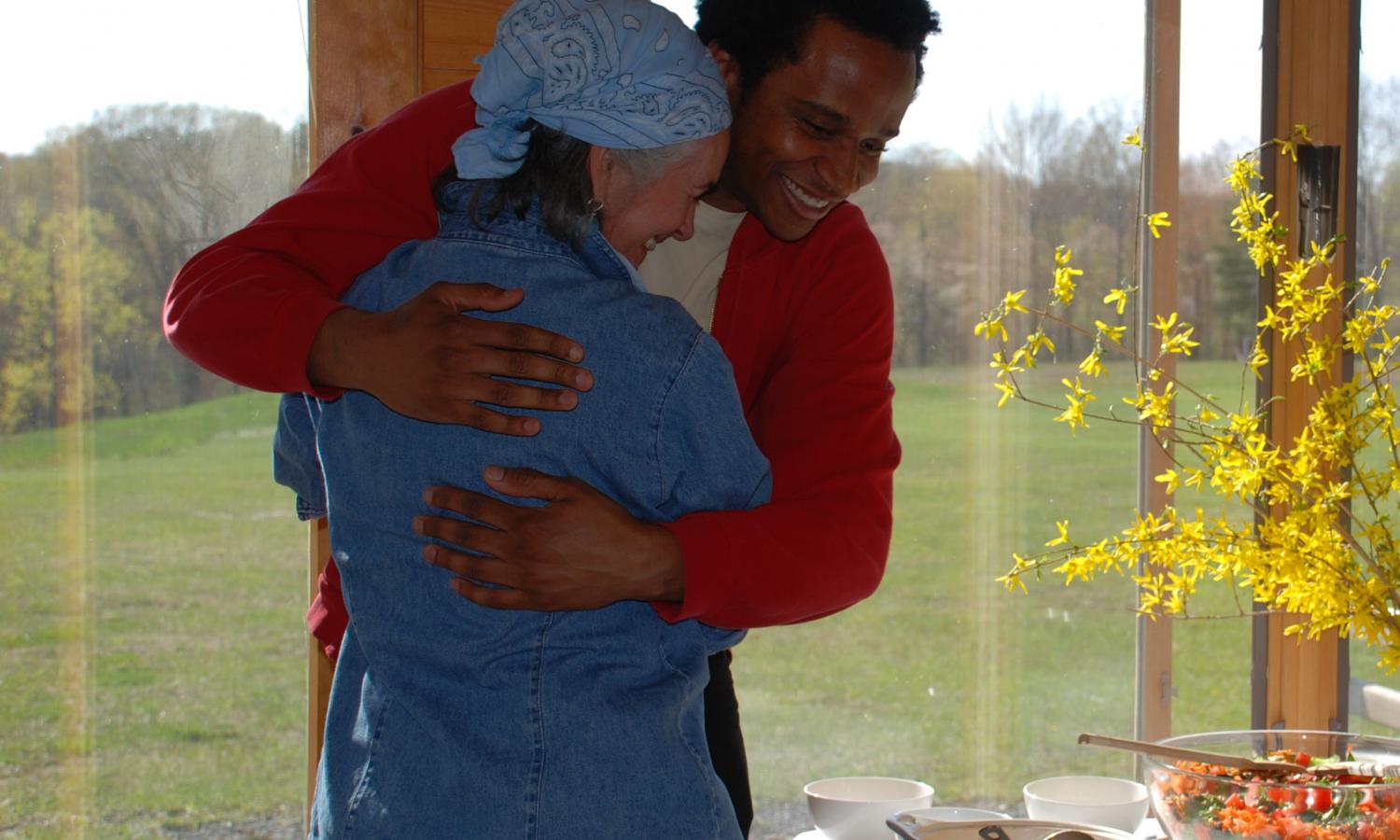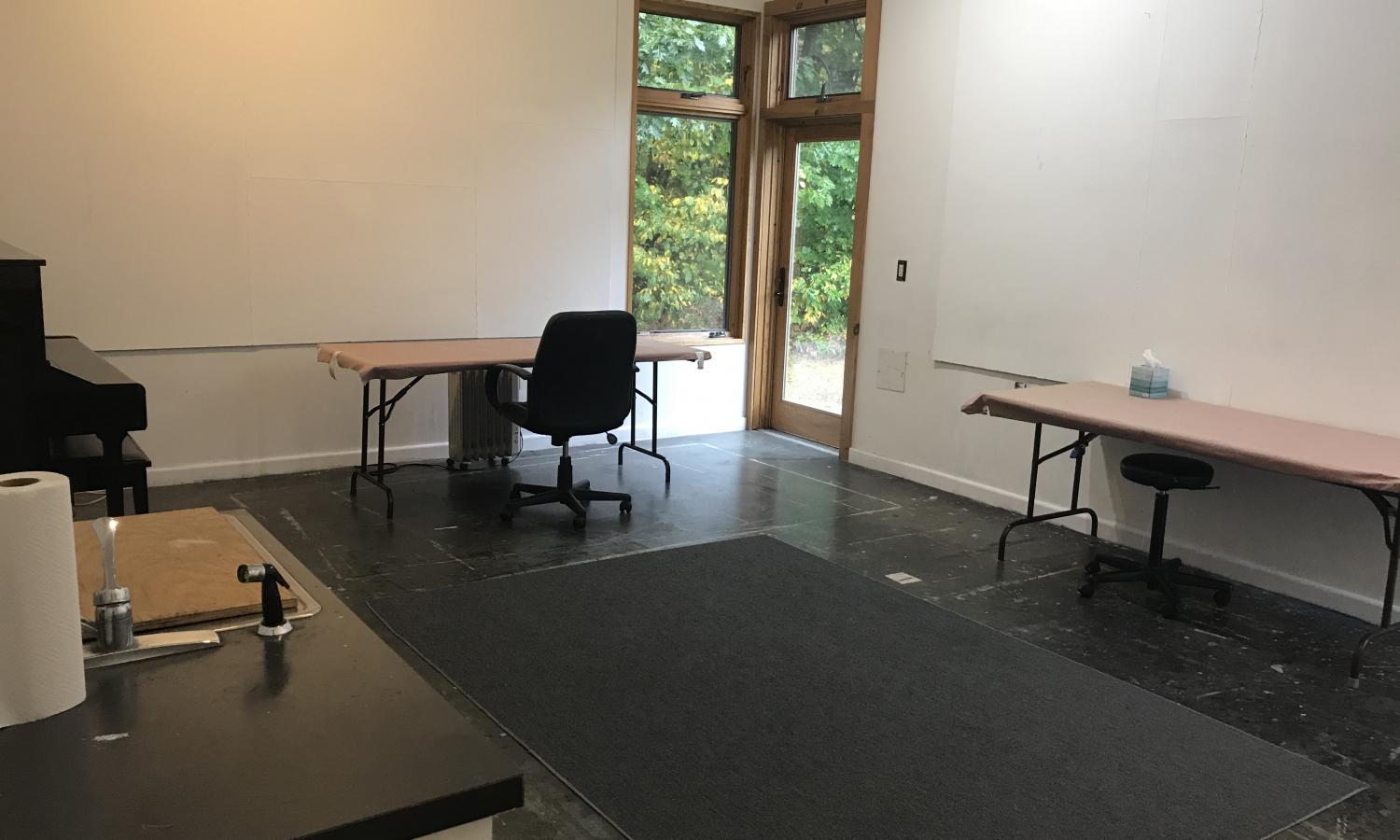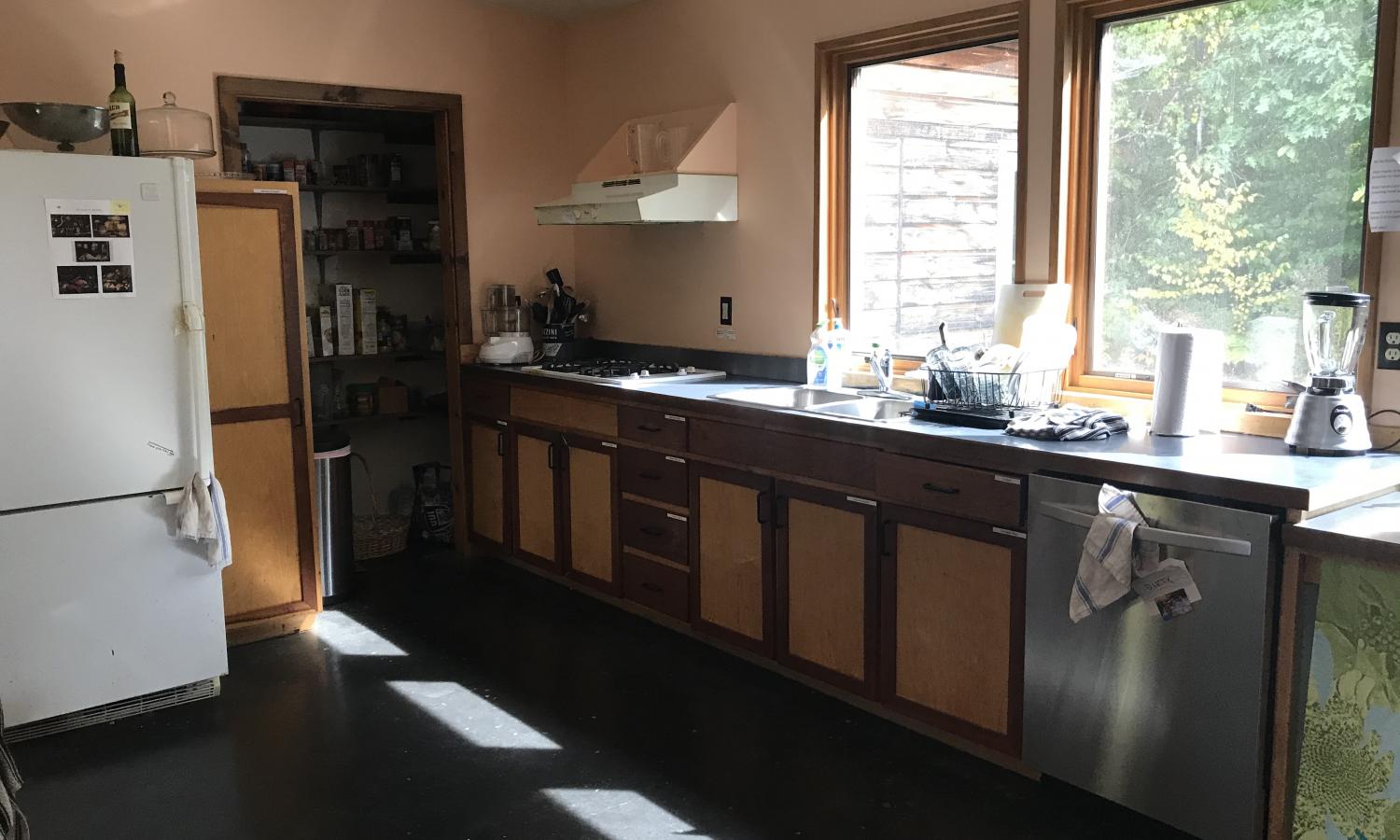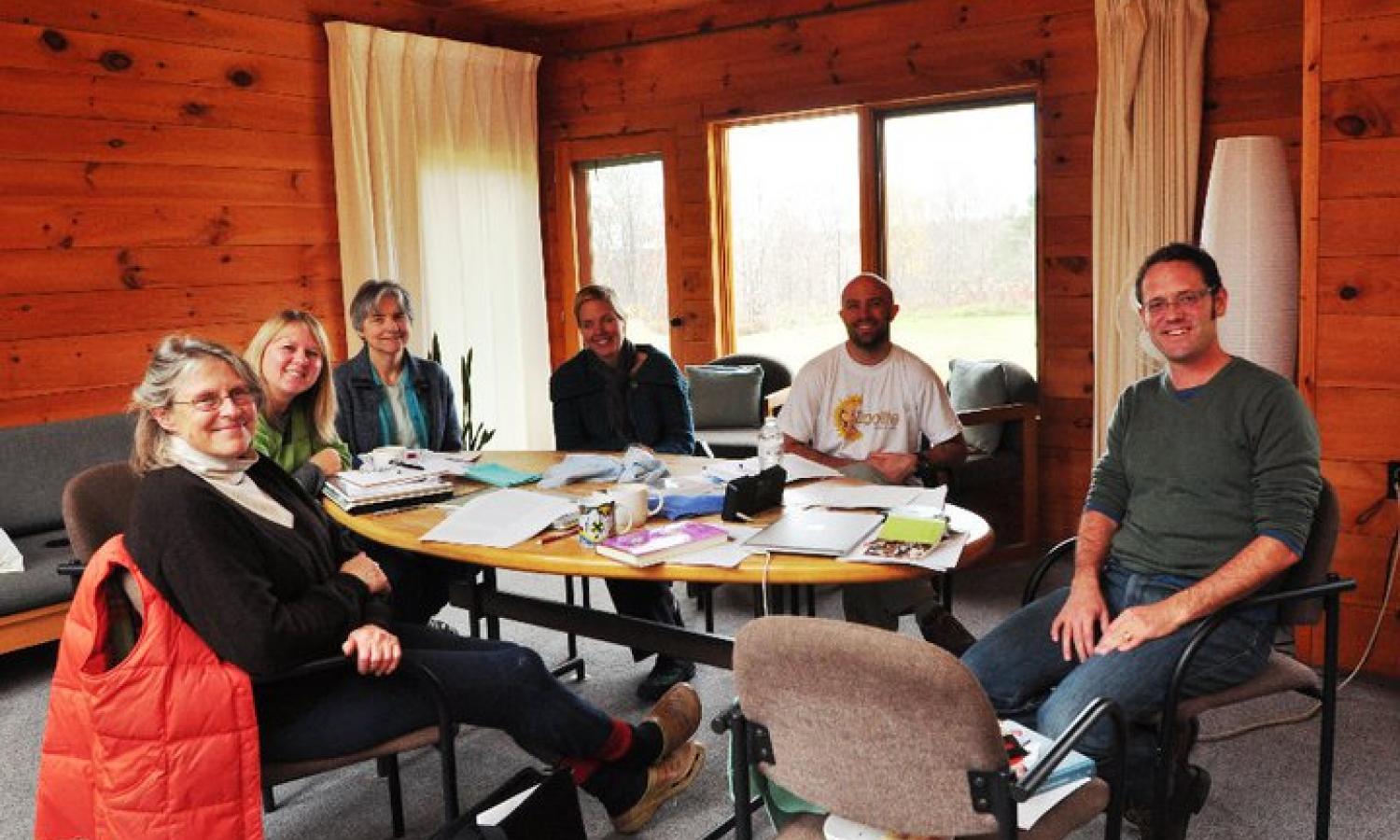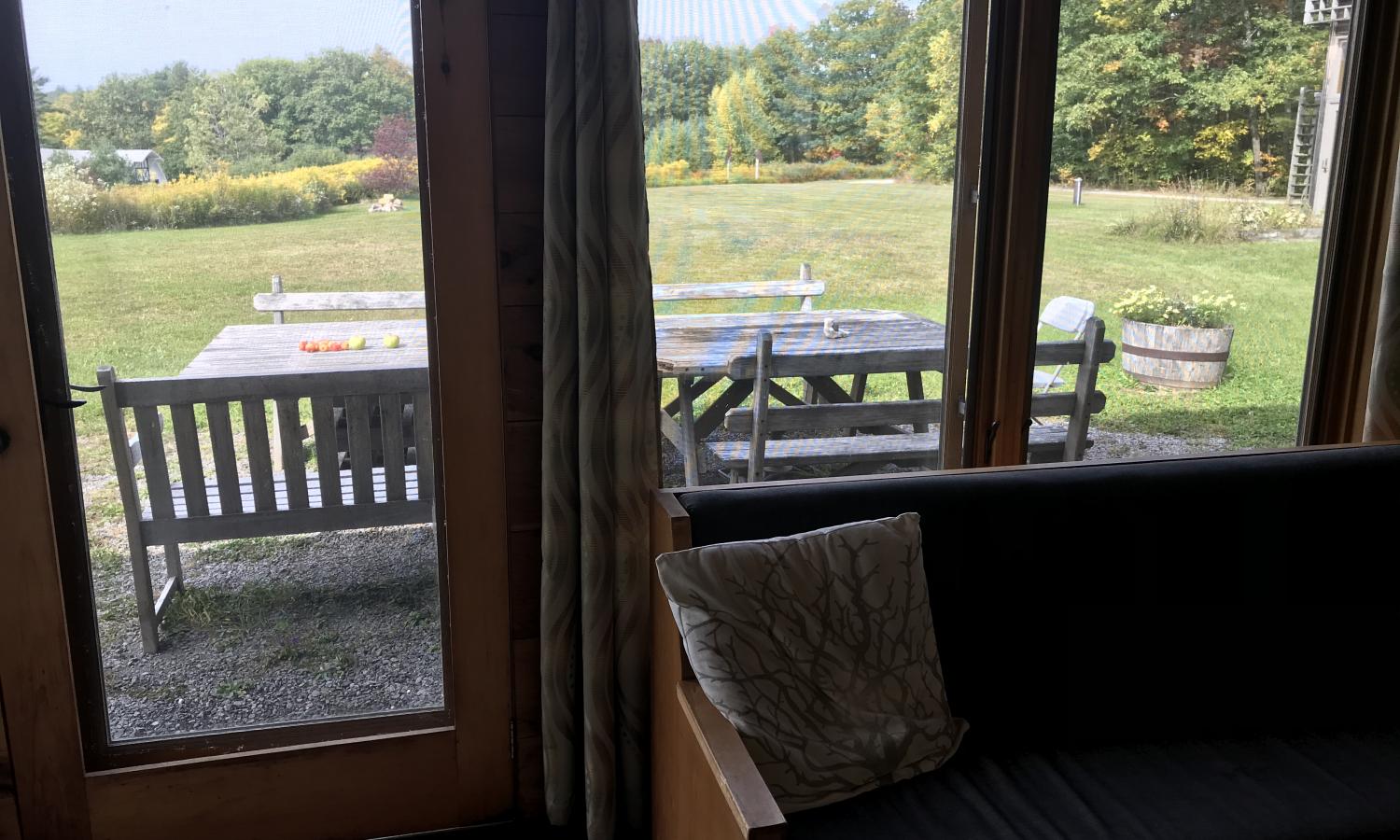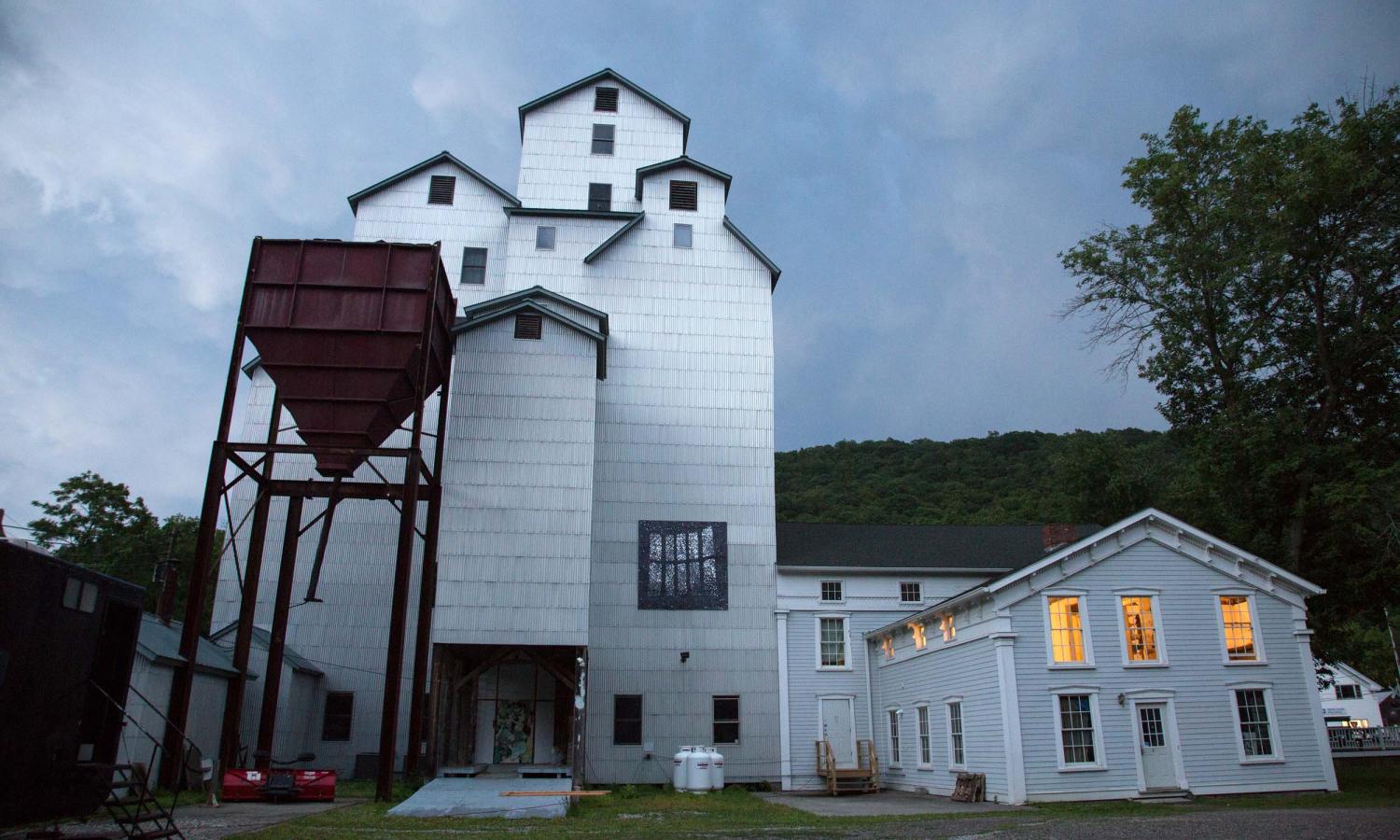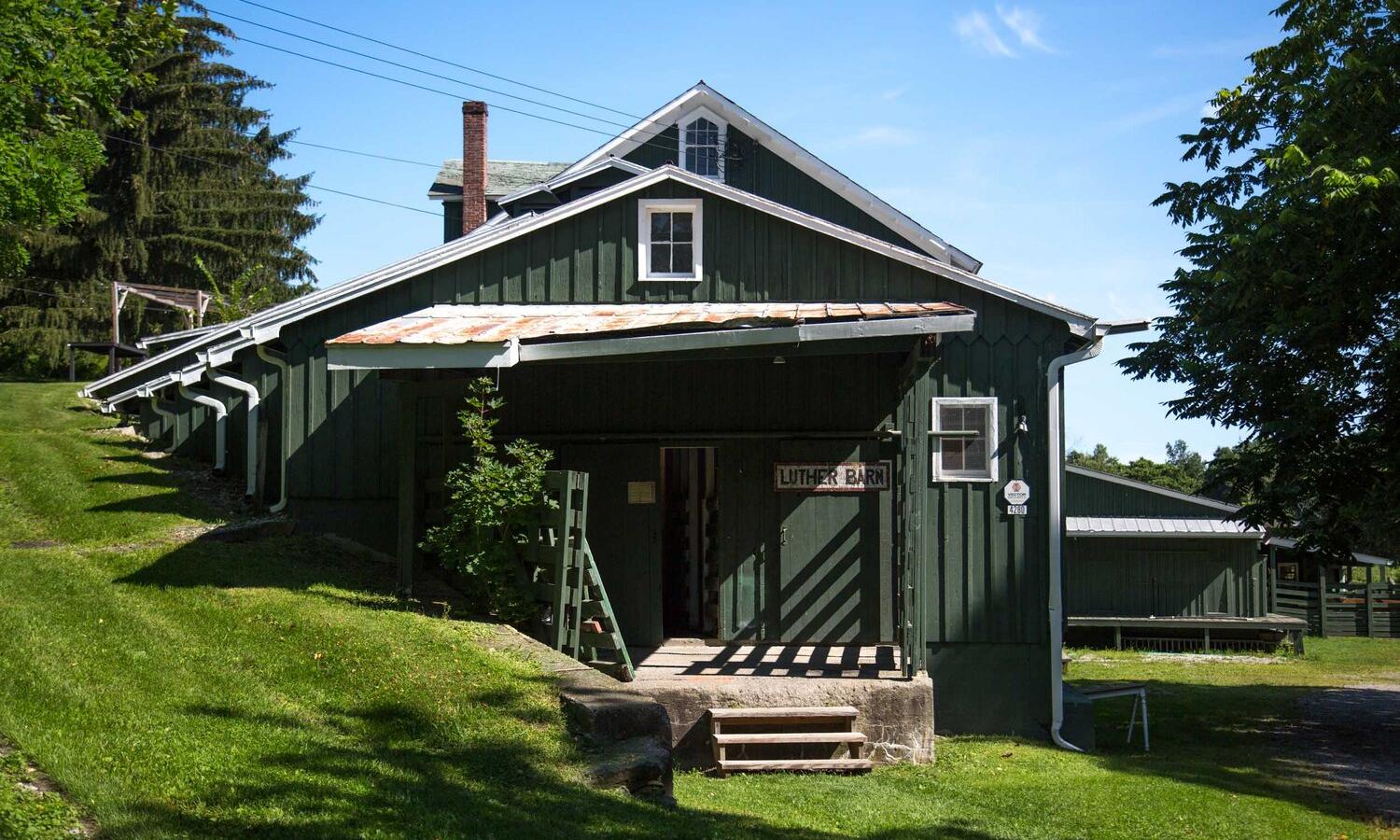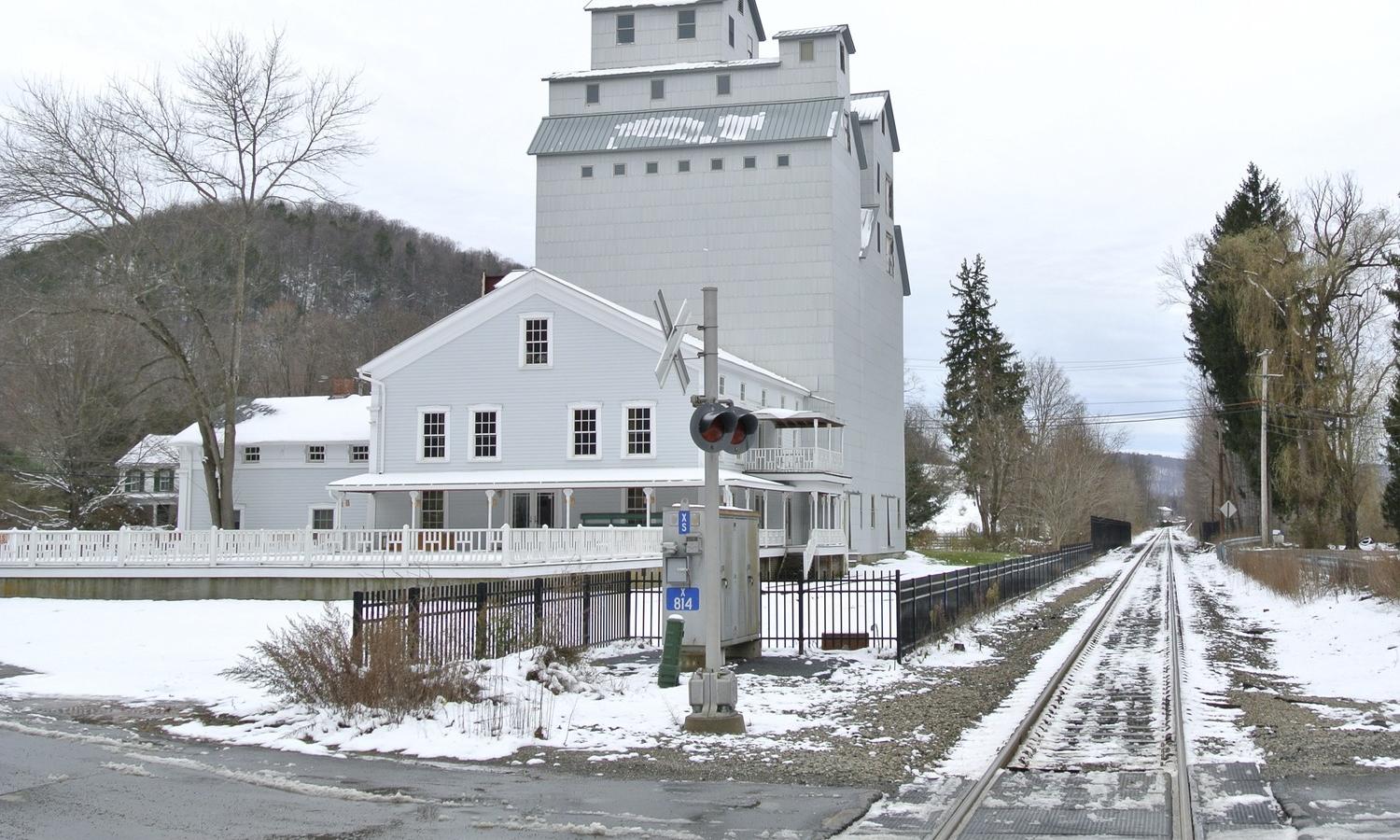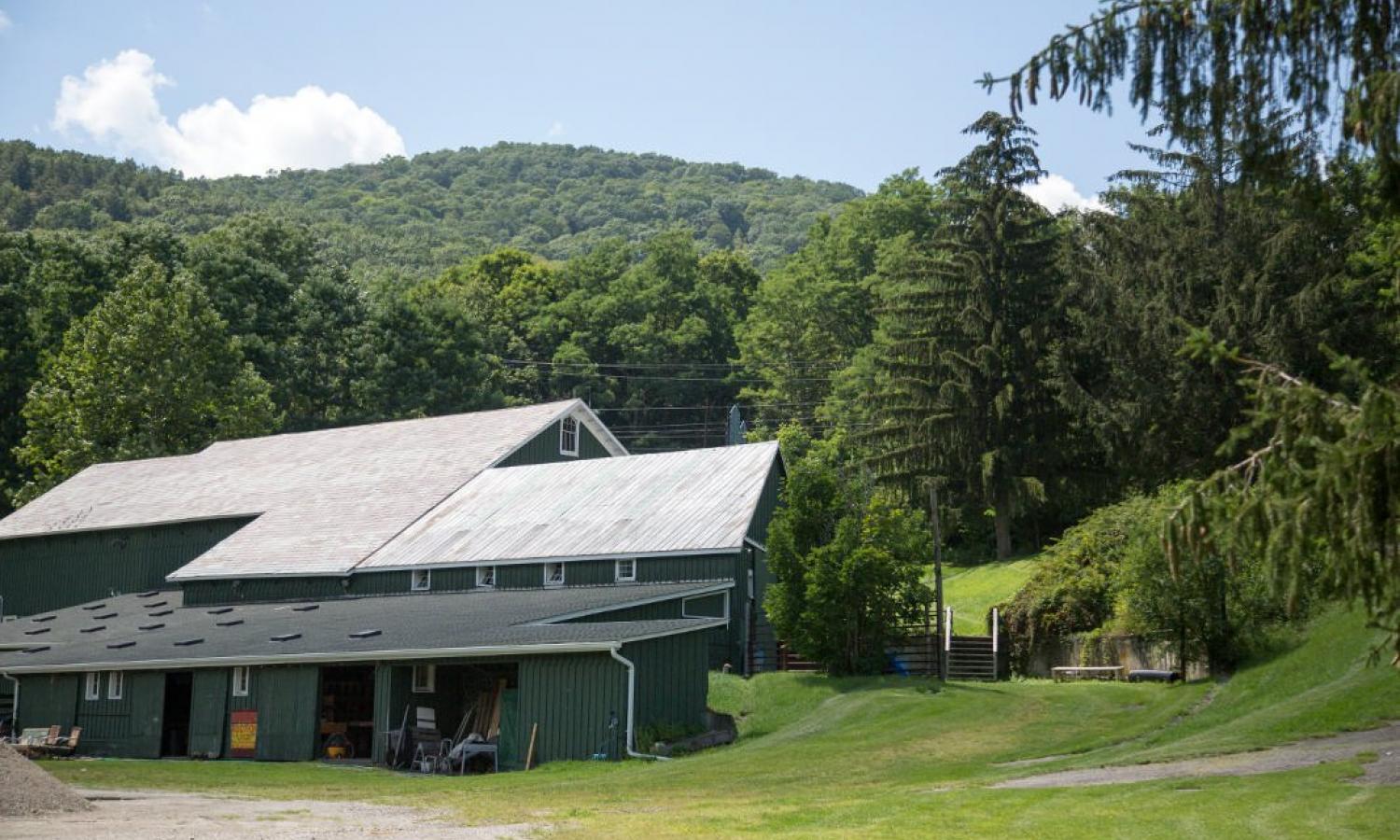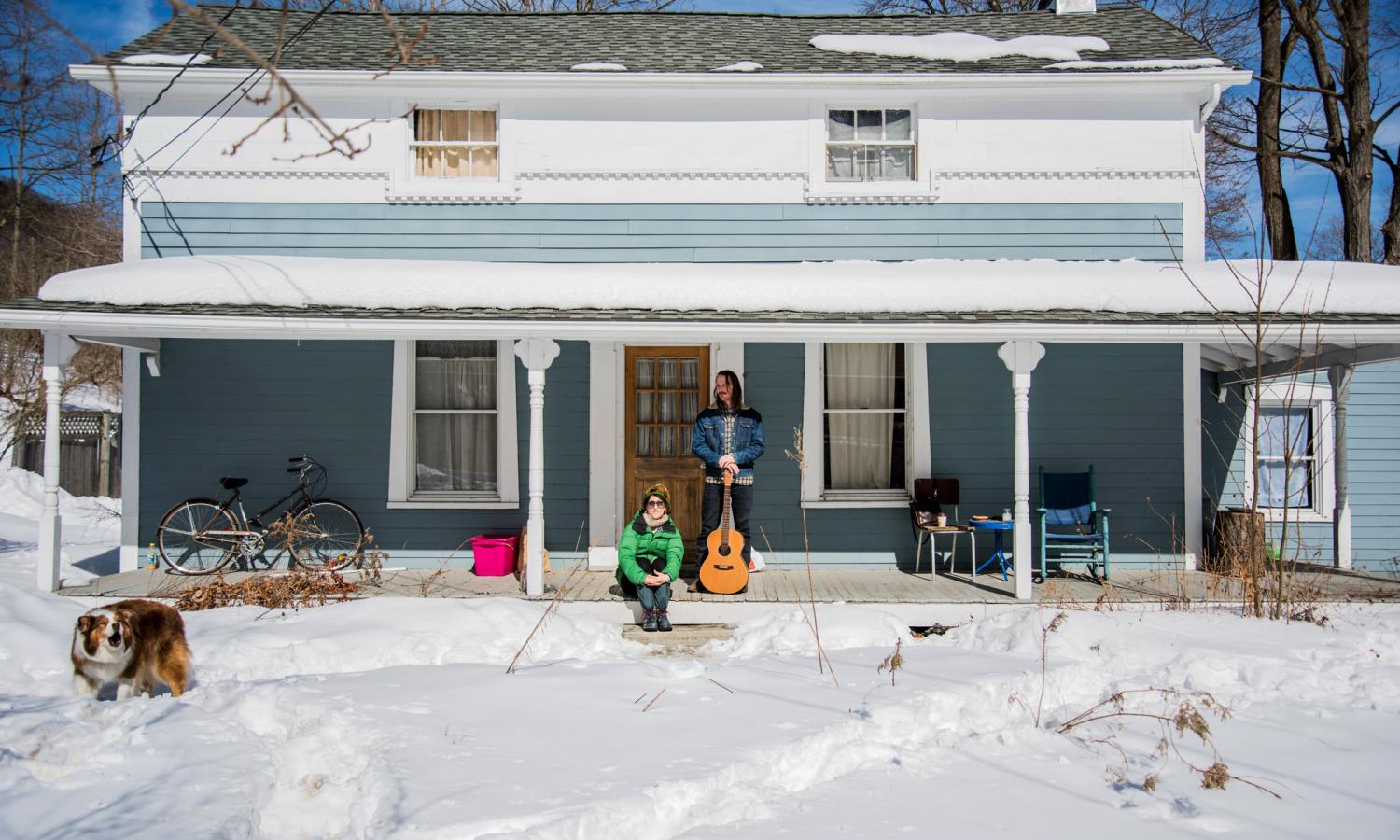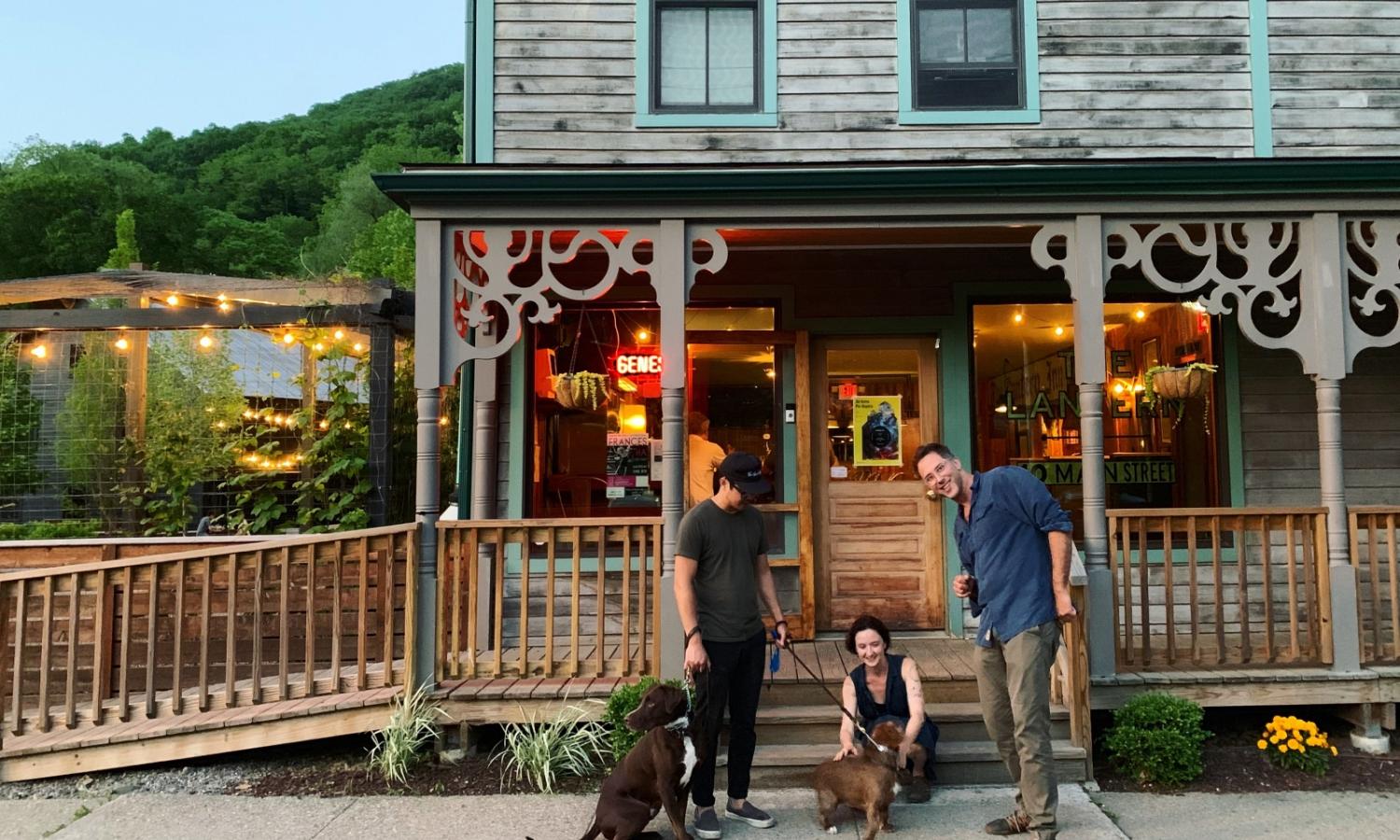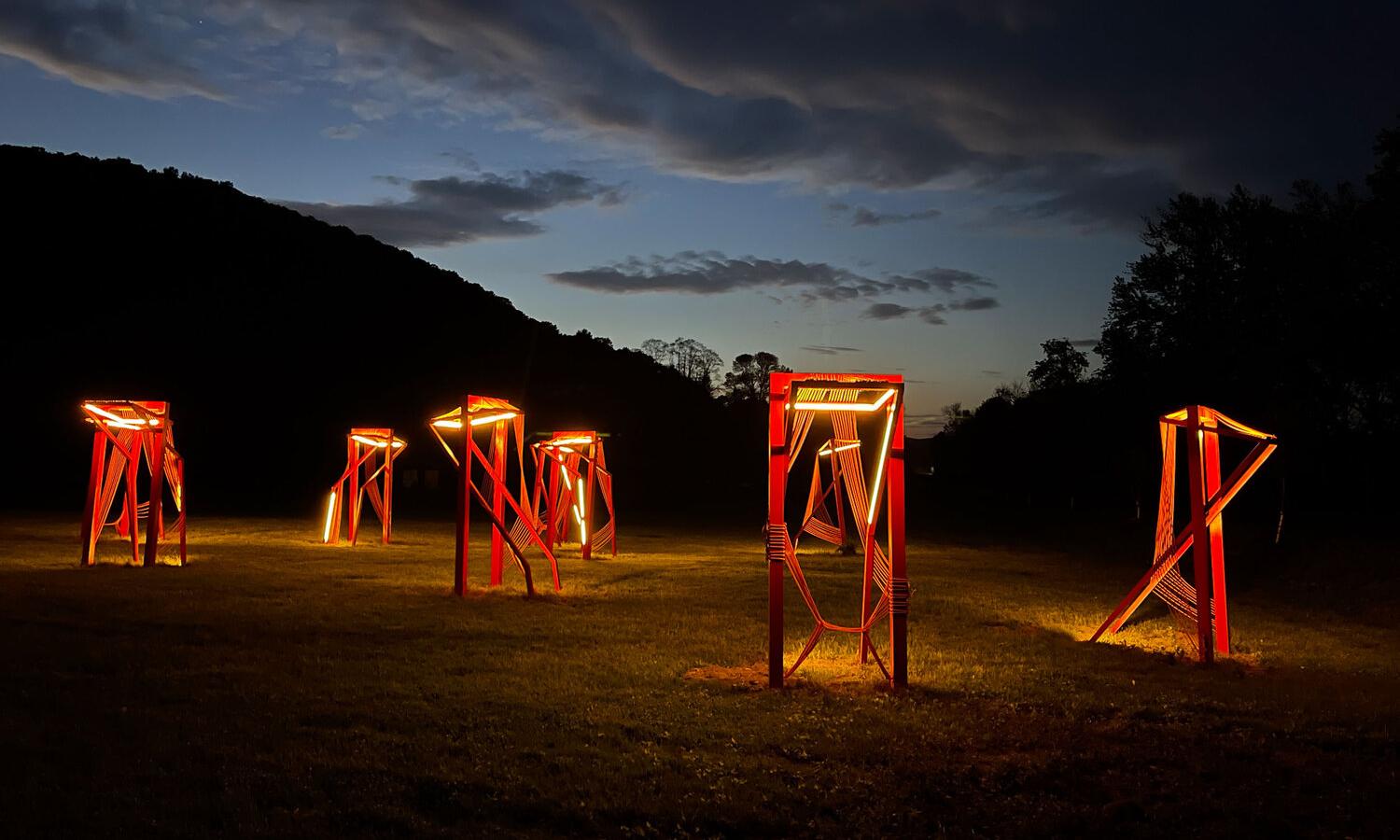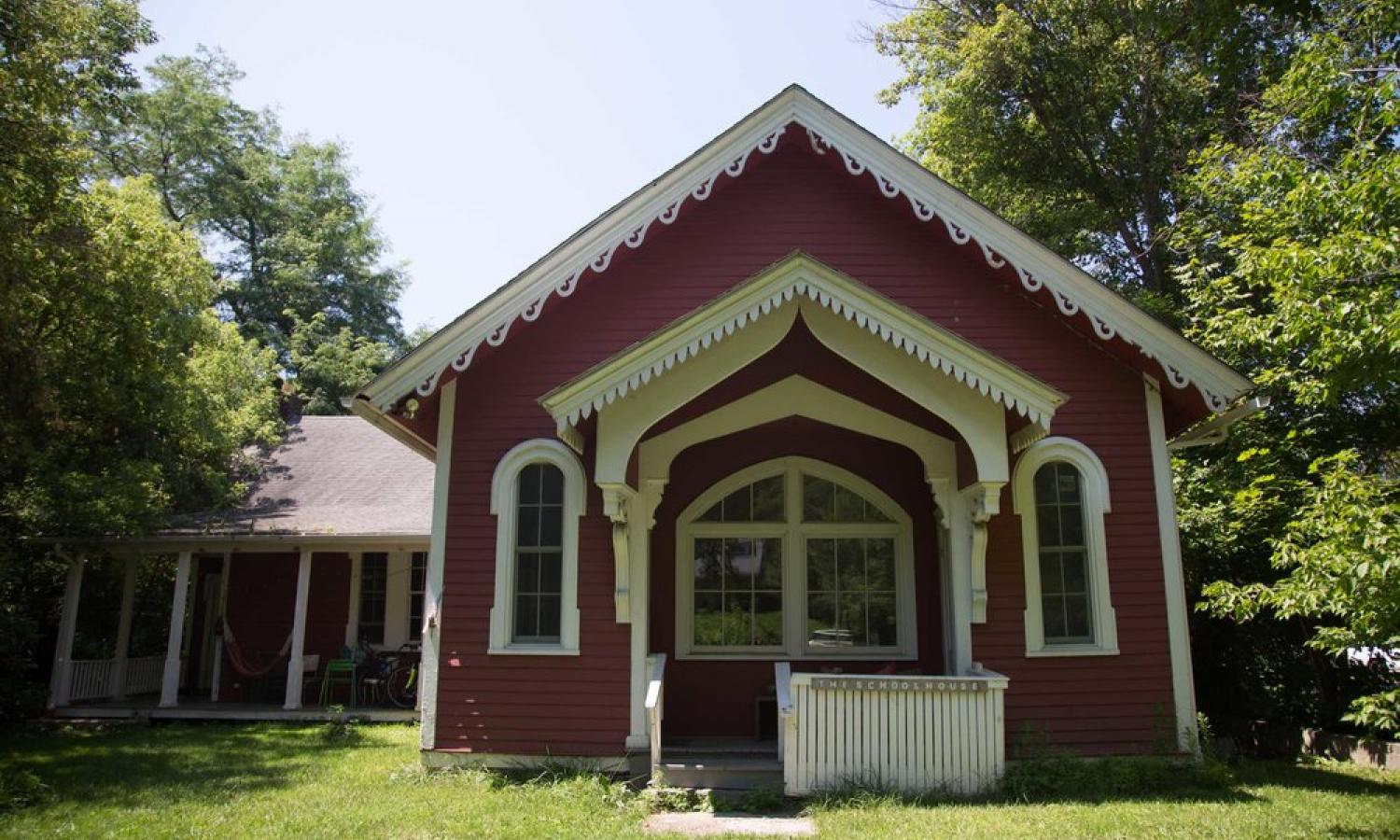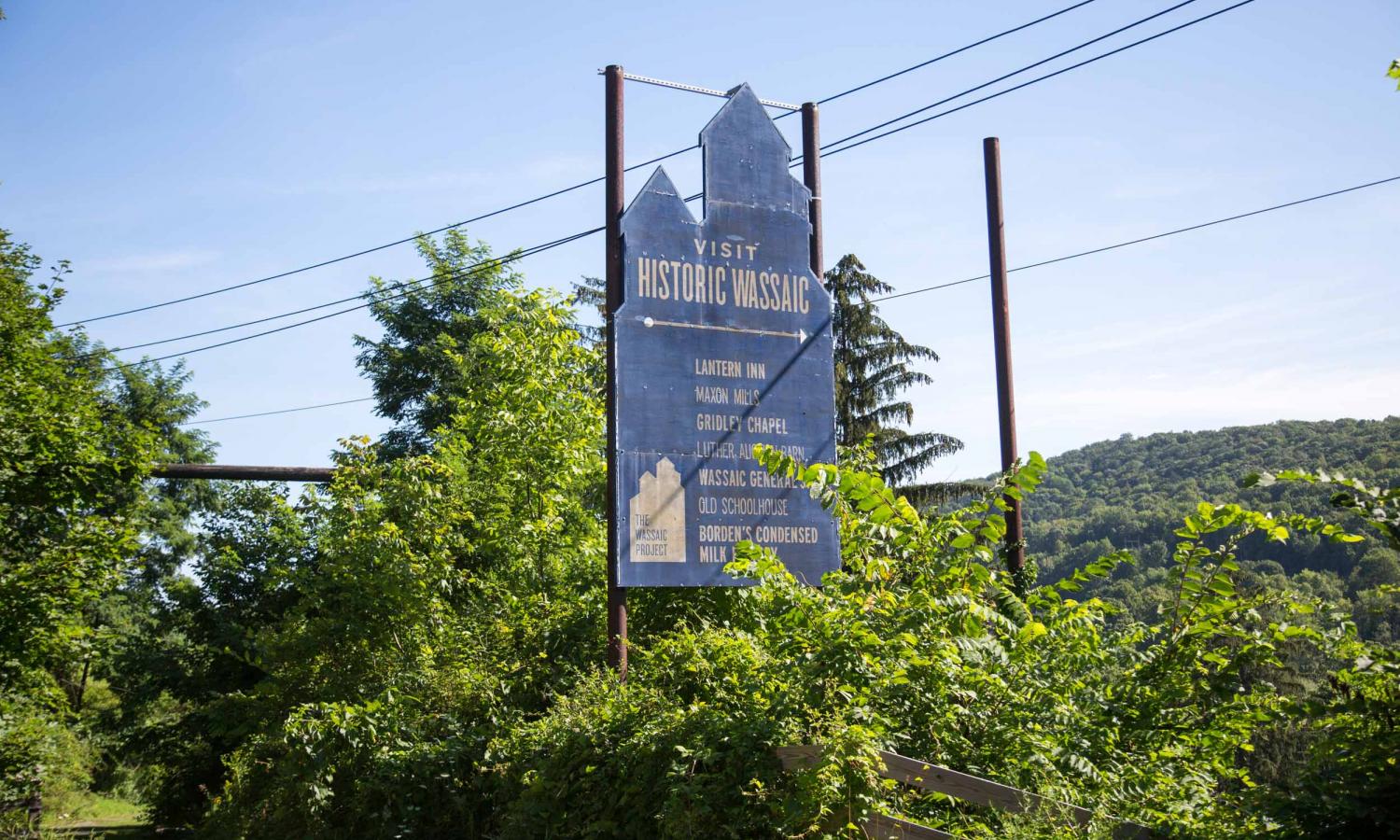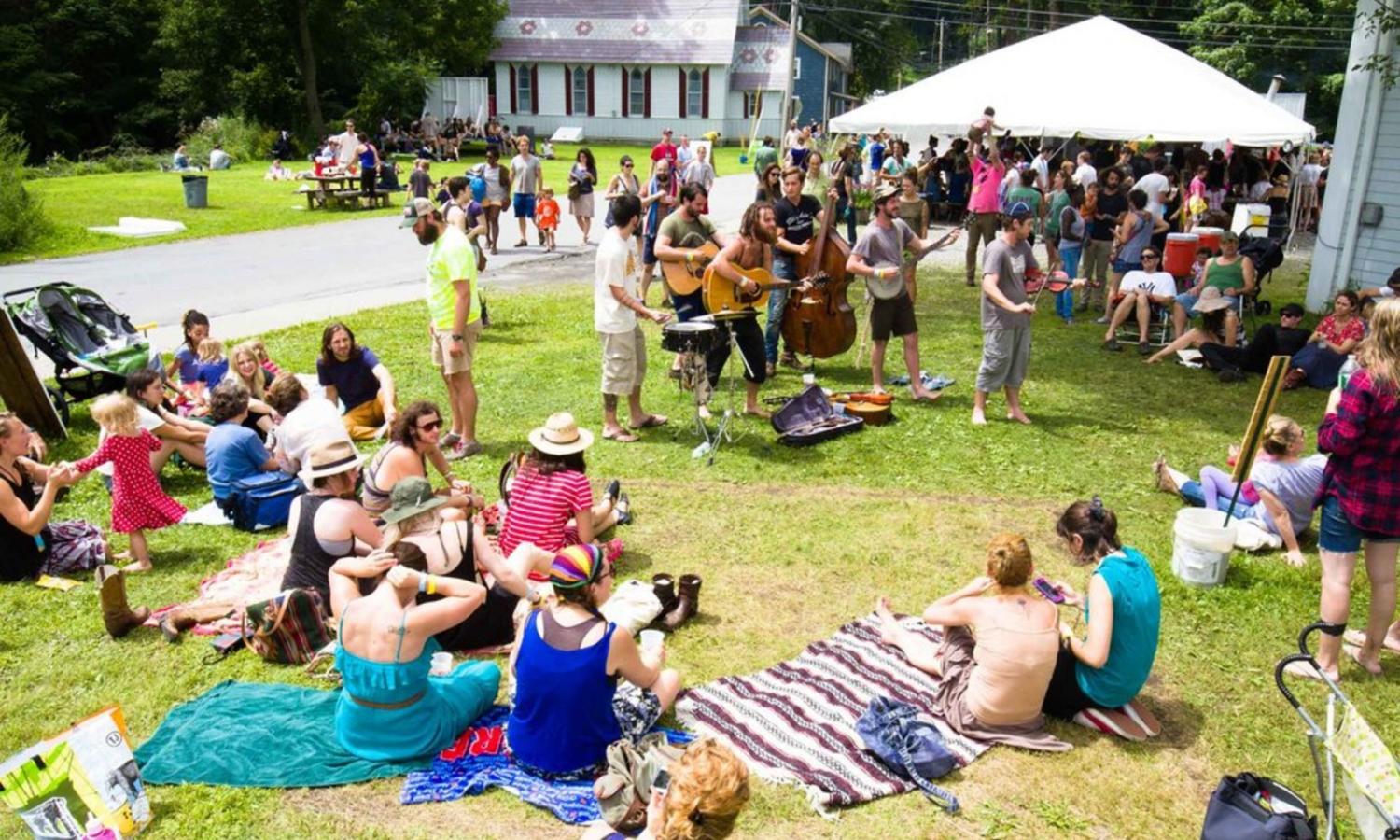Ragdale
Ragdale
Ragdale is one of the largest interdisciplinary artists’ communities in the country, located 30 miles north of Chicago and accessible locally by Metra train and internationally by O’Hare airport.
Ragdale residents represent a cross-section of ages, cultures, experiences, and mediums, making for a diverse and vibrant community. Specialized and accessible live/work spaces include writing, dance, music, visual art, and interdisciplinary art studios. Each year Ragdale awards up to 150 residencies and 12 fellowships.
Each session, 11-16 artists-in-residence enjoy 18 days of uninterrupted time for work, a supportive environment, dynamic artist exchanges, 50 acres of idyllic prairie, close proximity to Lake Michigan, and chef-prepared communal dinner each evening.
1260 N Green Bay Rd.
Lake Forest, IL 60045
United States
Residency Program Information
Residency Program Summary
Application Information
GUIDELINES
All applicants submit electronic materials through the Submittable application portal. Please note the following requirements to complete your online application form, which includes:
- A one-page artist’s statement and work plan explaining your work and what you plan to do while in residence.
- A one-page CV or resumé that summarizes your professional background.
- Work samples that show previous work from the past 2-3 years. All media is acceptable. Most electronic file types and sizes are accepted.
- Some fellowships require an eligibility statement of 500 words or less.
- Up to two current letters of reference or surveys completed by people who know you personally and can address your professional capacity and suitability for a residency in a working community with other artists.*
*Letters of recommendation are optional and do not count towards the numerical score submitted by jury members. Reference letters and survey responses are confidential and are submitted electronically through Submittable when you submit your application. Letters of reference/reference surveys are due 11:59 PM CST June 1st of application year.
EVALUATION
Applications are reviewed by Ragdale’s Curatorial Board and staff. Evaluations of work are based on the following criteria:
- Work Samples: Documented works are original, inventive, and exciting. Works are relevant in their contemporary field.
- Presentation: Work samples are high-quality and technically proficient in execution, and is professionally presented and documented.
- Artist’s Experience: Artist statement reflects continued development of ideas, serious inquiry into subject matter, and exceptional aesthetic investigation in the chosen medium. Artist's resumé shows evidence of continued progress in the process.
- Work plan: Artist demonstrates they will maximize the benefits of a residency at Ragdale. What is the reason for seeking time and space in this particular residency program and is there a sense of urgency reflected in the goals described?
- *OPTIONAL: References are optional and do not count towards the juror's numerical scoring of the application. References reflect the artist’s ability to work well in an artist community.
Ragdale has moved to an income-based, sliding scale payment structure. A residency costs Ragdale approximately $250 daily to host each resident ($4,500 for 18 days). If you are in the position to pay more than the suggested daily residency fee rate, we encourage you to make a gift to ensure longevity of the program and support all artists’ ability to participate. If you cannot pay the full fee, you may opt to pay according to the income-based sliding scale, which operates on an honor system. Residents ultimately determine what they pay based on personal considerations. Financial Aid awards are no longer awarded for this reason.
Suggested Daily Fee Rates based upon Net Household Income:
$0-$45,000 Net Household Income = $35 per day ($630 for an 18-day residency)
$45,000- $60,000 Net Household Income = $50 per day ($900 for an 18-day residency)
$60,000-$75,000 Net Household Income = $100 per day ($1,800 for an 18-day residency)
$75,000-$100,000 Net Household Income = $150 per day ($2,700 for an 18-day residency)
$100,000- $115,000 Net Household Income = $200 per day ($3,600 for an 18-day residency)
Net Household Income of $115,000 and above = $250 per day ($4,500 for an 18-day residency)
12 fellowships are offered each year. Fellows do not pay a residency fee. Fellowship recipients receive a stipend, typically $1000. Please visit the Fellowships page on our website for more details on stipend amounts. Fellowship awards are disclosed upon acceptance. We do not limit fellowships to the listed categories; we seek diverse voices and representations to enrich our artists' experiences. We encourage artists of all backgrounds to apply. In the application, you may be asked to describe how you meet the eligibility requirements of a fellowship (500 word maximum per fellowship category). Fellowship recipients are expected to participate in a public program. See website for more details.
Accessibility
What are Ragdale’s Accessible and DEAI (Diversity, Equity, Accessibility, Inclusion) offerings?
Ragdale cultivates a safe, welcoming, and supportive environment for all artists. Please contact Ragdale Staff (deanna@ragdale.org / 847-234-1063 x23) to discuss and questions, comments, and suggestions you may have.
What does Diversity, Equity, Accessibility, and Inclusion (DEAI) mean to Ragdale’s Residency Program?
Ragdale is committed to diverse, equitable, accessible, and inclusive programs for all who attend including those who identify as BIPOC, living with disabilities, LGBTQIA+, and other marginalized individuals. We actively solicit feedback from artists in residence so that we can make informed decisions about improving our facilities, programs, and policies.
Residency Conduct / Community Guidelines
Residents can support their colleagues. For instance, you are hosting an open studio or gathering in your workspace, double check that the path is clear and well-lit, furniture is out of the pathways but available, and bathroom is accessible. Print out any readings in advance for your fellow residents who experience low hearing or deafness.
Locating Ragdale:
• Ragdale is located in Lake Forest just thirty miles north of Chicago, IL
• Many residents and guests miss our driveway the first time they approach it. Look for a blue “Ragdale” lantern or a brick u-shaped brick driveway. 1260 N. Green Bay Road. Office + Barnhouse 1230 N. Green Bay Road. Ragdale House and Parking Lot
Parking and Pathways:
• Ragdale has one main parking lot located at 1230 N Green Bay rd. Residents are expected to park in this parking lot unless accessible parking is required. Each building will have at least one accessible parking space and one dedicated van-accessible parking space. Accessible parking spaces will be assigned to an individual for the duration of the residency.
• Pathways between buildings include paved, wood chip, and brick. In 2022-2023 wood chip paths will be replaced by crushed limestone. Ramps are installed at building points of entry and exit.
Communal Spaces:
• Ragdale’s 1st floor studios and communal spaces are accessible. This includes kitchens, dining facilities, living rooms, bathrooms, and conference room. Wherever possible, doorknobs have been replaced by lever handles.
Outdoor Spaces + Prairie:
• Ragdale has several outdoor areas to enjoy. The lawn is mowed regularly. The garden has grass and paver paths. The Ragdale Ring project changes locations each year, and is often positioned on the lawn. The lawn and wood chip paths can be challenging to navigate in wet and cold weather. Please consider this when planning group activities.
• Ragdale is located adjacent to 50 acres of open prairie that is maintained by Lake Forest Open Lands, a member-based conservation organization. We ask that residents stay on the paths and not to take anything from the prairie. Be aware that members may walk their dogs leashed or unleashed. The pathways are unpaved, and can be muddy in spring and icy in winter.
• Residents have permission to use the golf cart to navigate the campus and prairie.
Buildings:
• Ragdale currently offers four accessible live/work studio spaces appropriate for visual art, dance, music, writing, and other disciplines. Two additional accessible live/work spaces are anticipated in 2022-2023.
• Ragdale House, 1230 N Green Bay Rd, is a house for residents’ live/work spaces and communal gatherings. 5 live/work writers’ rooms are on the second floor and 1 is located on the first floor. A kitchen, living room, dining room, and plant room are located on the first floor. Laundry facilities and a bike-room a located in the basement. The basement is accessible from the outside of the building. The names of the resident rooms in this building are: Top of the Stairs, Blue, Albert’s, Sarah’s, and Alice’s.
• Barnhouse, 1260 N Green Bay Rd. is a house for administrative offices, chef’s kitchen, residents’ live/work spaces and communal gatherings.
• Ragdale House, 1280 N Green Bay Rd. is a house for residents’ live/work spaces and communal gatherings.
• Shearer Studio for Dance and Music is two residents live/work spaces. The resident assigned to these spaces may invite others into their space.
• Meadow Studio is one residents’ work-only space. The resident assigned to this space may invite others into their space.
Additional Offerings for Artists with Disabilities:
• See our fellowships page for available opportunities including the Prairie Fellowship and Craig H. Neilsen Fellowship.
• Live-work spaces are equipped with adjustable height beds and desks and remote/app controlled blinds, ac/heat, speakers, and more. Residents have access to studio-grade headphones, microphones, speakers, monitors, projectors, DSLR camera and more.
•Personal Care Assistant (PCA)/Studio Assistant: residents may request to bring a PCA or Studio Assistant of their choosing. Ragdale can offer a private room and all meals. The resident will be responsible for employment of their PCA or Studio Assistant.
•Fitness and Physical Therapy: Ragdale can recommend local massage therapists, yoga studios or Pilates facility while in residence so that artists can secure the support they need to be productive, healthy, and well during residency.

